Introduction
In 2012, Sony announced the original Sony RX1 and RX1R- a surprisingly small form factor compact full-frame camera. Technically, Sony RX1R is a Sony RX1 without an AA (anti-alias) filter. Both of them come with an outstanding Zeiss Sonnar F2 fixed lens and output impressive images from the 24 MP sensor. (You may read my review for the original RX1R here). Although the original Sony RX1R gives impressive output, it still has a lot of room for improvement. After three years of waiting, Sony finally announced the successor – the Sony RX1R II.

Pros & Cons
Body Build and Design
The new RX1R II looks almost the same as the original RX1. It is built by light but strong alloy magnesium, which gives you the same rock-solid build and feel.

Opened the box, you got a battery, a pouch, a power adapter, a micro USB cable, a portable battery charger (finally!), an eye cap, a metal lens cap, a box of the user manual in different languages, and of course the Sony RX1R II.

You get the same outstanding Zeiss Sonnar F2 fixed lens as the original Sony RX1. The lens has a smooth focus-by-wire focusing ring, a macro switch ring, and a manual aperture ring. The macro switch allows you to focus as close as 14 cm. The aperture ring can change the aperture from F2 to F22 with lovely clicky feedback. The lens has a filter diameter of 49 mm, and the size of the lens size fits just nicely on the RX1R II body.
The first-timer might need some time to get used to this lens design. You could wonder why the camera does not focus well and realize that you forgot to switch the macro mode back to normal mode.
The Buttons
On top of the Sony RX1R II, you get the same mode dial, an exposure compensation dial, a shutter button with a hole that allows you to use the screw in remote control, and a multi-interface hot shoe for connecting external accessories.
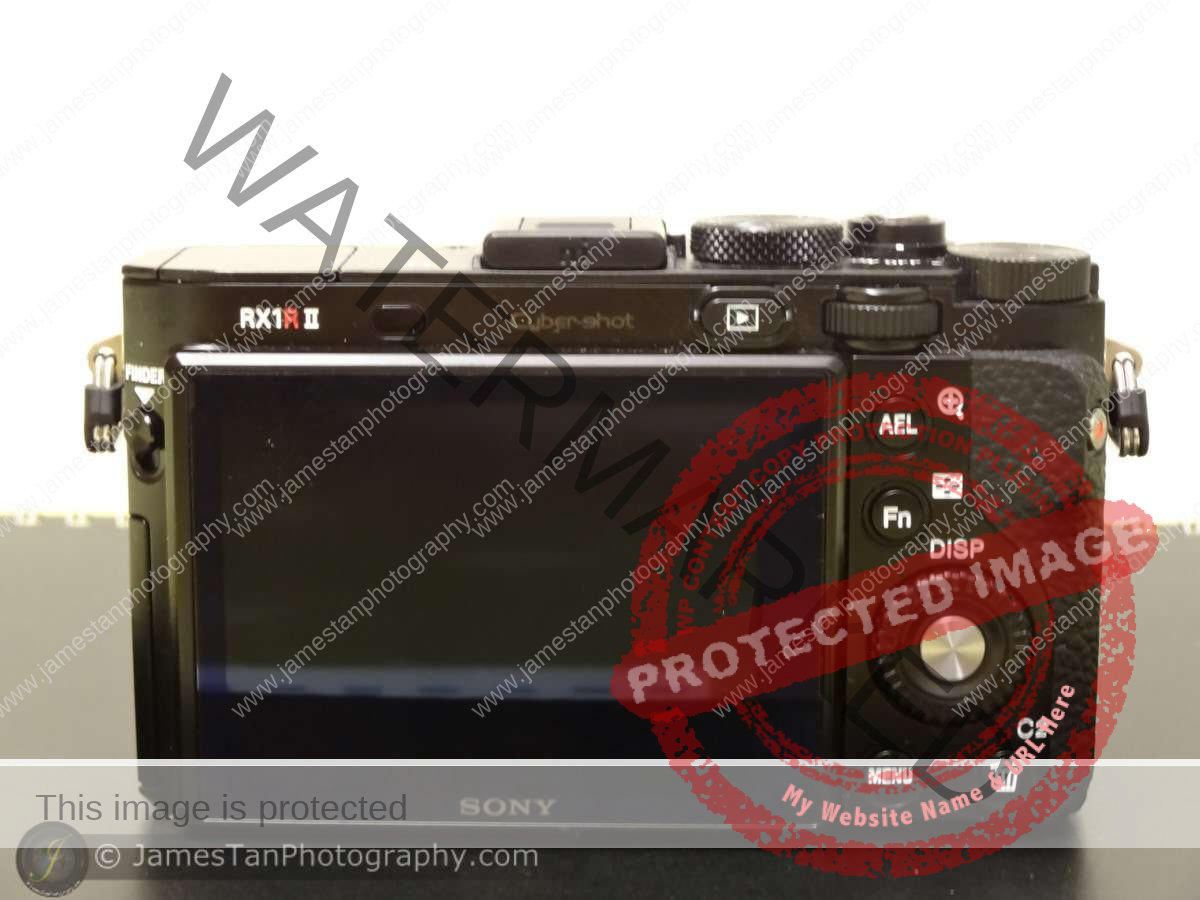
At the back of the Sony RX1R II, you get the same button layout as the original Sony RX1. There is a playback button on top of the LCD screen, and its right side is the rear control dial (you may assign a few handy specific functions like shutter speed control). Below the rear control dial is a single AEL button, Fn button, a control wheel that allows you to assign more functions to 4 of its directions (top, bottom, left, right), a menu button, and a C2/trash button.

One minor change on the camera body is the focusing button options at the front of the RX1R II. You got an extra ‘C’ option for the continuous focusing mode, which is somehow omitted in the original RX1.
LCD Screen
So is it the same as the original Sony RX1? Yes, the Sony RX1R II is almost the same as the original Sony RX1, but not exactly.
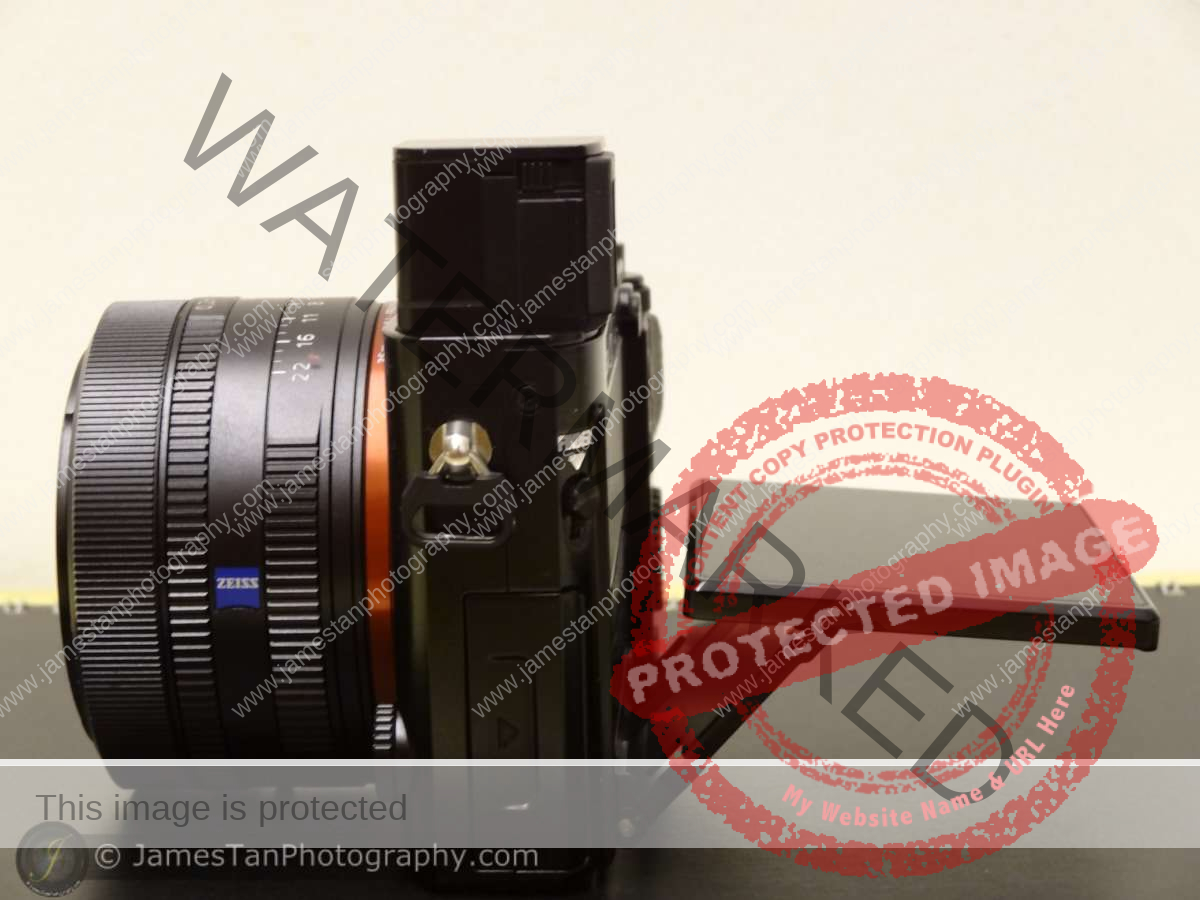

You got a tiltable LCD screen like other Sony A7 series cameras at a closer look. It is a welcome change compared to the fixed screen on the original RX1 camera! You can tilt the LCD screen upward approximately 90 degrees and downward around 45 degrees.
The EVF
At the top left corner, you have a finder slider. Finder? Yes, when you pull down the slider, there is a popup EVF!

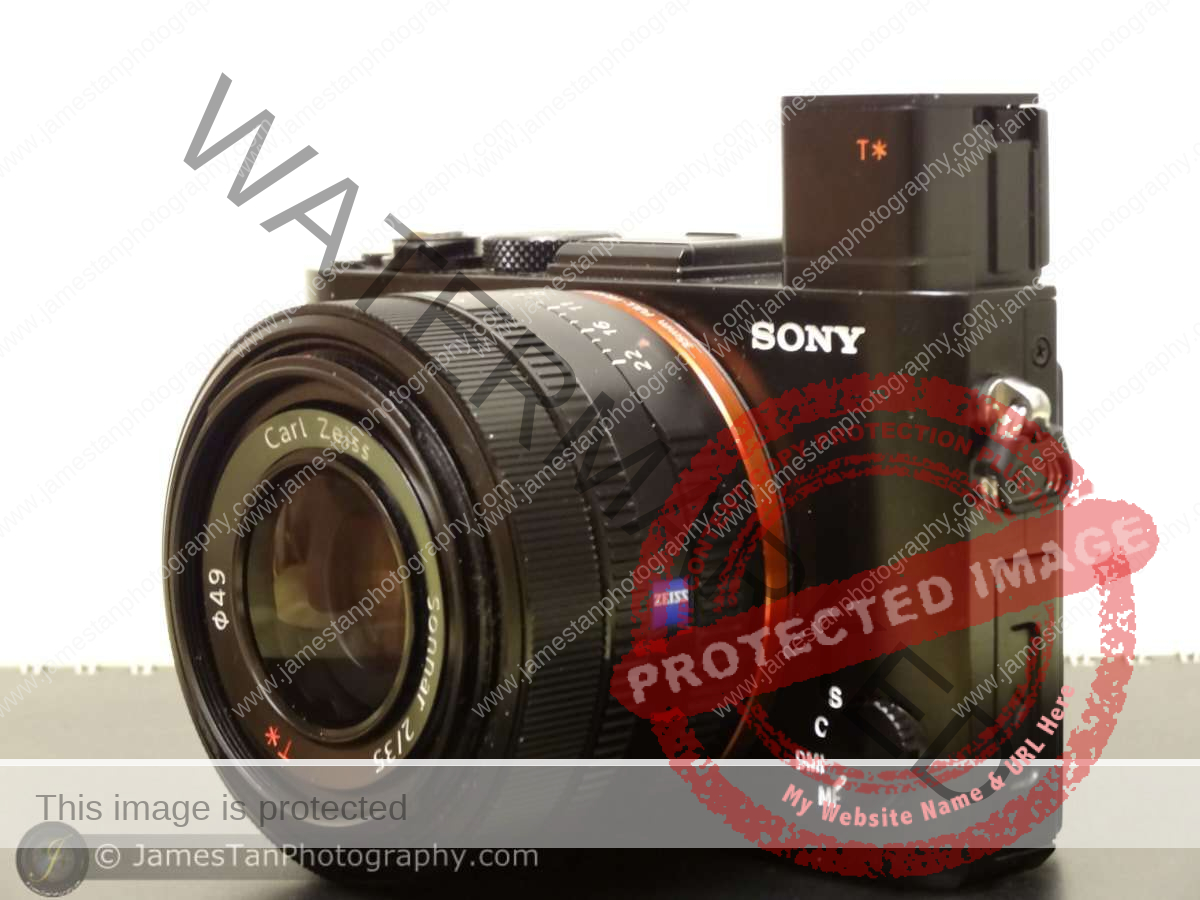
It is a popup EVF like the RX100 IV, but it has the Zeiss T* coating EVF like the A7RII! The viewfinder is more advanced than the one on RX100 IV because the viewfinder will auto-extend out when it is popped up, and auto-retract when you push it back to the camera body. Besides, it has a magnification factor of 0.74x.
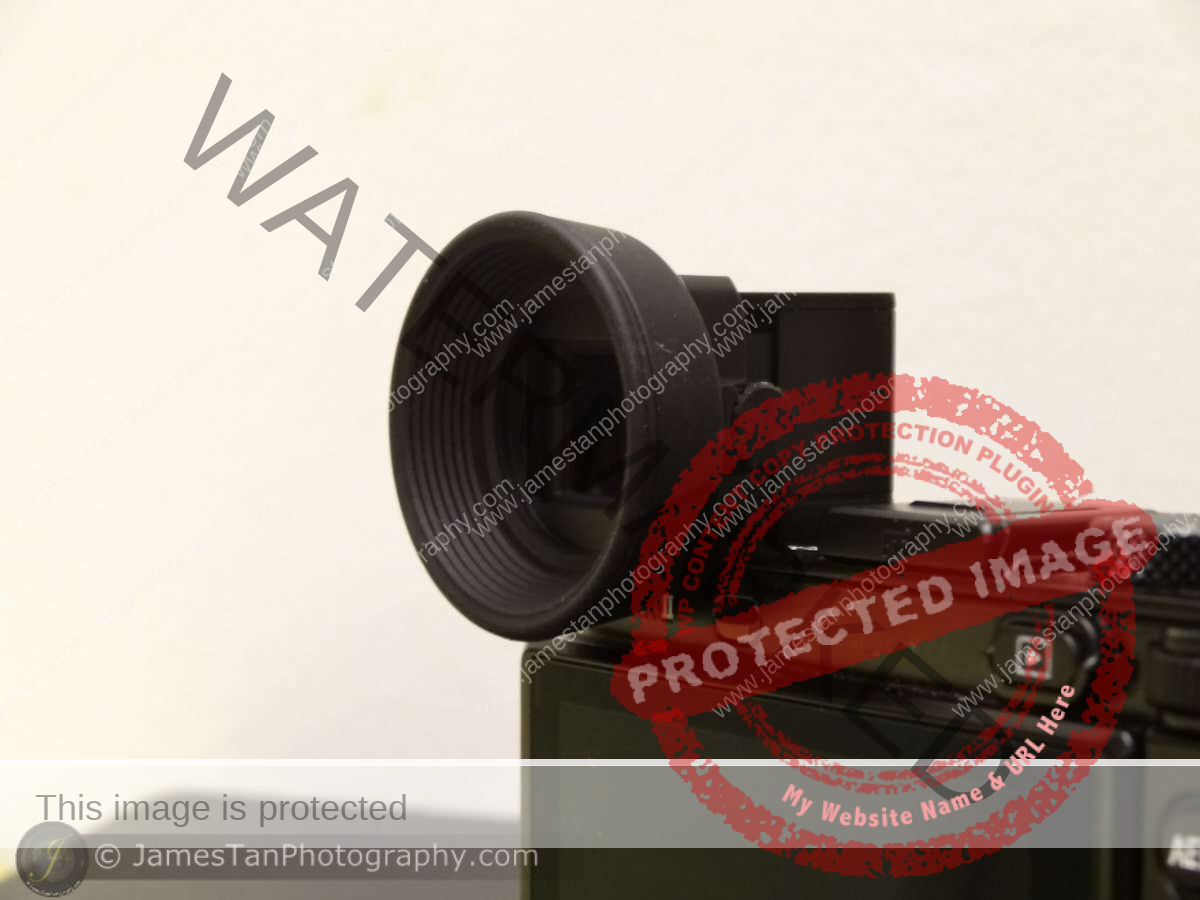
You also get an optional eyecup that you may screw onto the EVF for a better viewing experience, but you won’t be able to push the EVF back into the camera body when you have the eyecup on it.
The Ports

You have a micro USB port, a micro HDMI port, and a 3.5mm microphone stereo minijack on the camera’s left side.
Camera Performance
AF Performance
Besides these physical changes, the most significant change in Sony RX1R II is its image sensor. It features the same 42 MP BSI image sensor like the one in Sony A7R II. You get the same fast hybrid AF (399 point phase-detection AF points and 25 contrast AF points) like the Sony A7R II. The following slideshow focused on an incoming car and cropped the part that is in-focused.
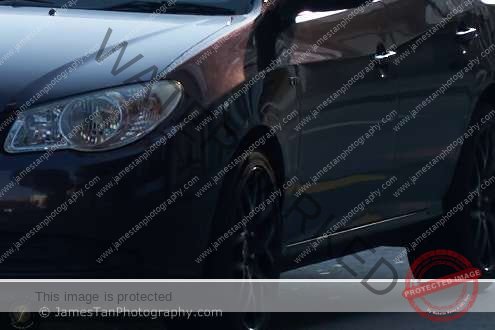
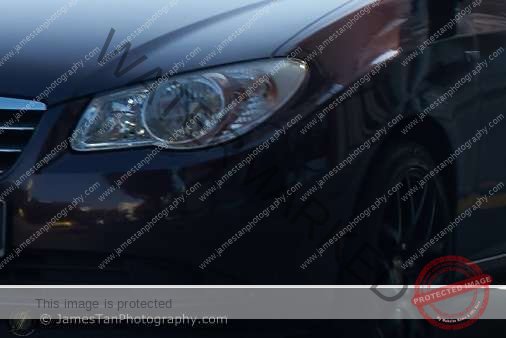


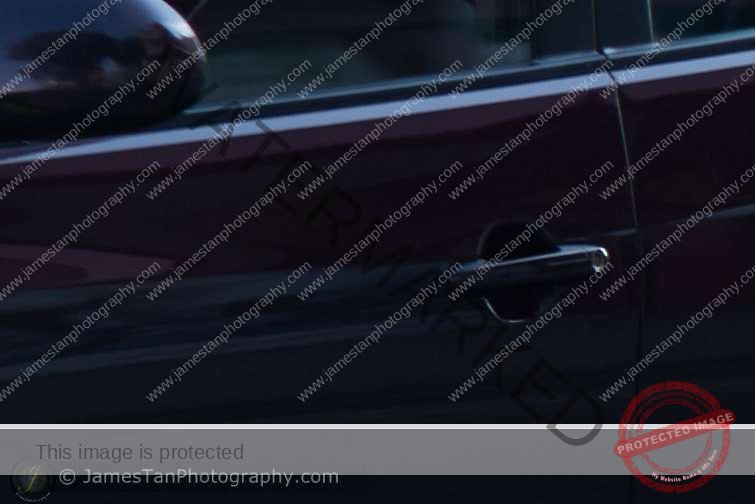
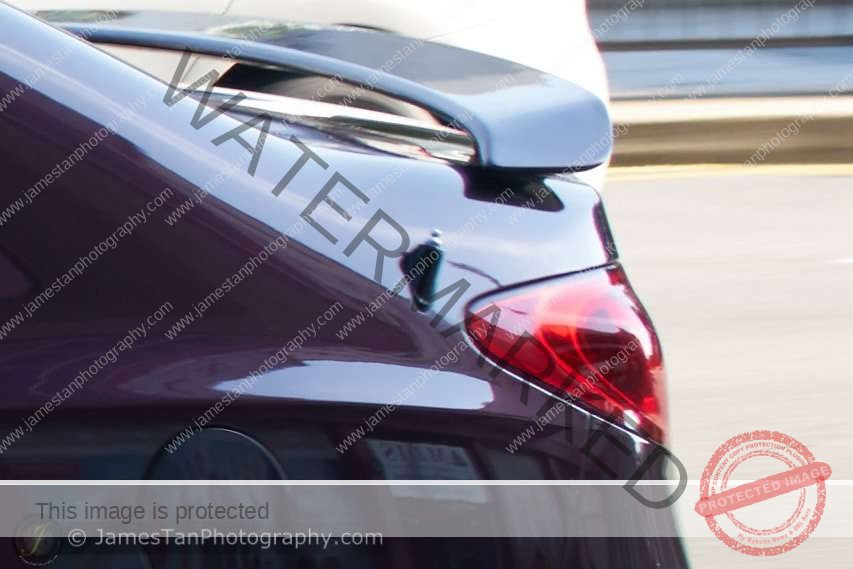


The AF performance is greatly improved compared to the original Sony RX1. The AF speed is pretty good, but the accuracy can be further improved. You get up to 5 fps in Speed priority continuous shooting mode and 2.5 fps in normal continuous shooting mode.
Despite the improved AF speed and newly added continuous focusing mode, the RX1R II also features the Eye-AF. You may assign this function to any customizable button, press and hold it then the Eye-AF will detect and track the closest eye of your subject. It works in single AF, continuous AF, and direct manual focus (DMF) mode, and you can activate it without the face recognition function.
ISO Performance
The Sony RX1R II also boosts the ISO sensitivity to an impressive ISO 102400, the same as the Sony A7R II. You may have a look at the ISO performance from the following 100% cropped images.
RAW
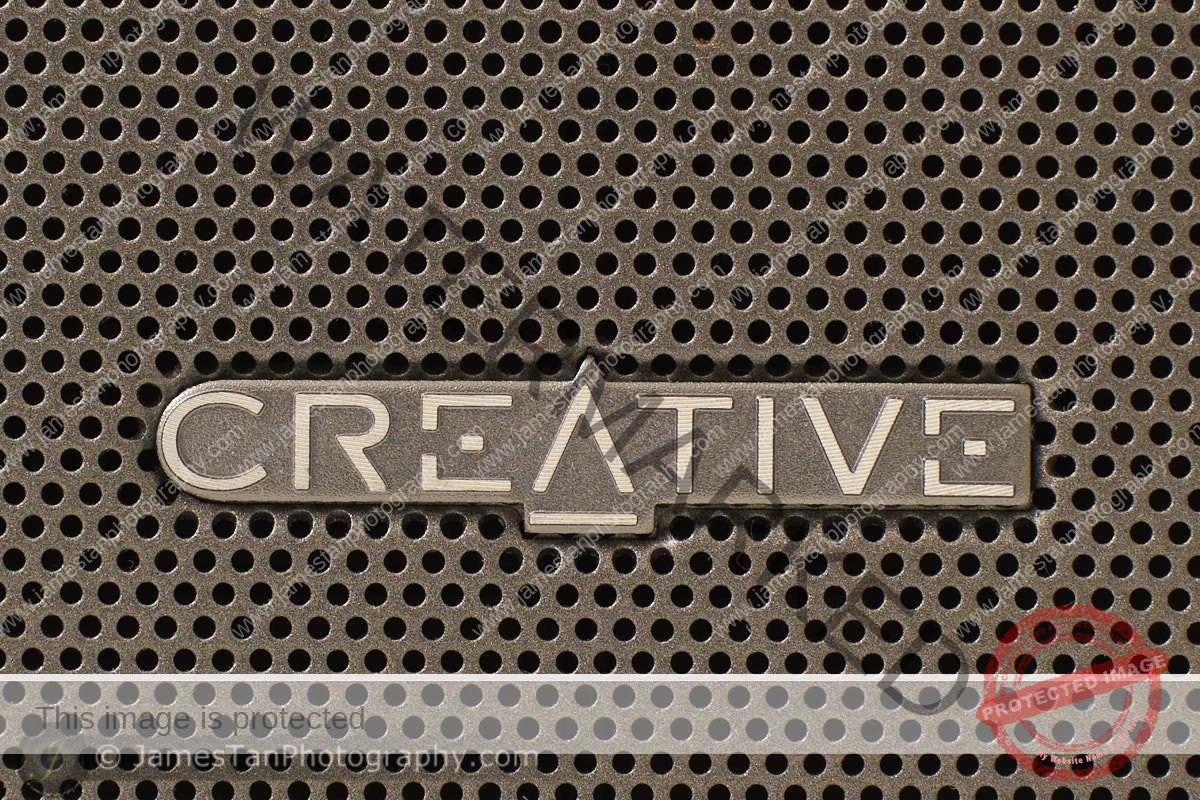

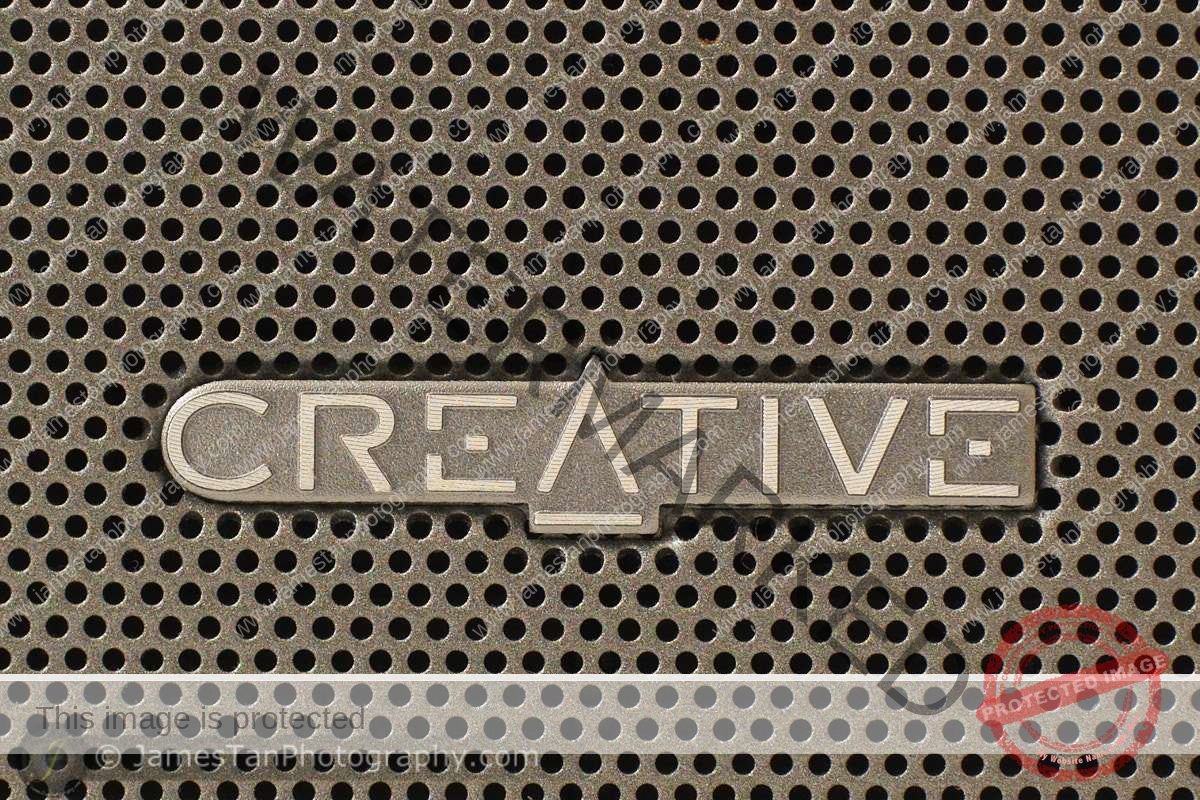

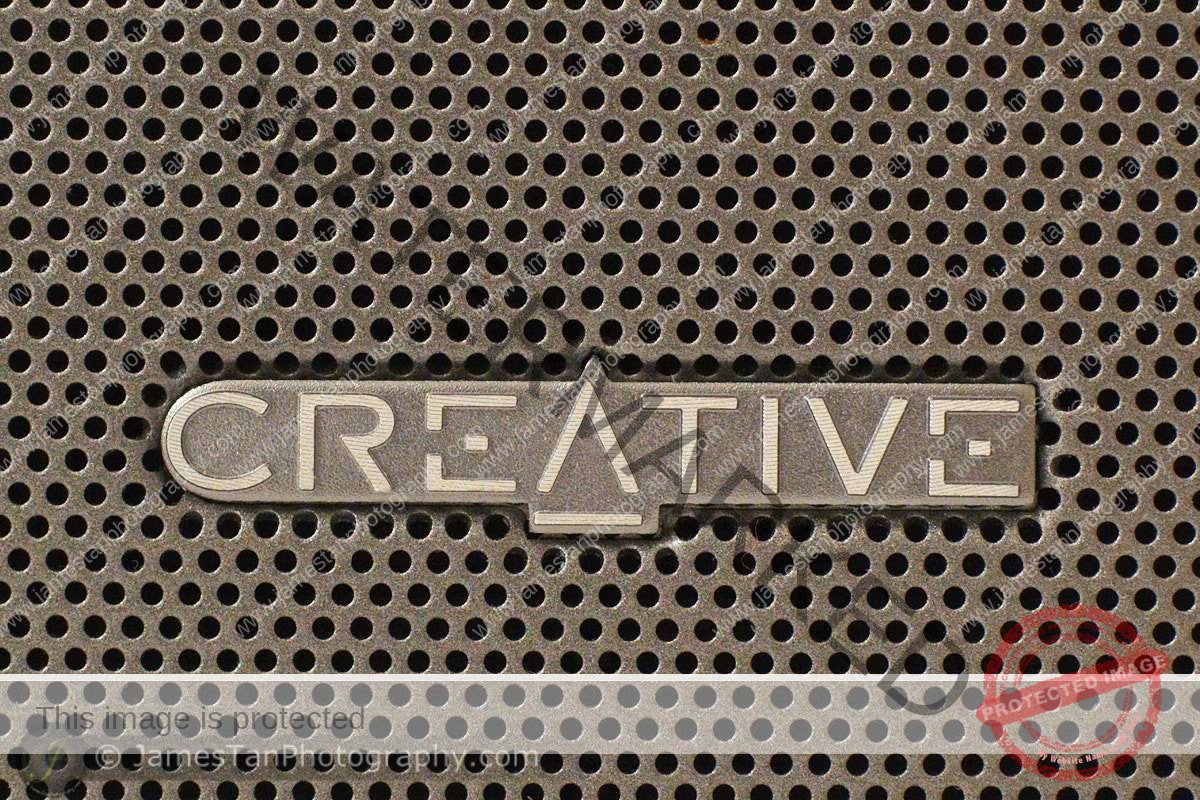

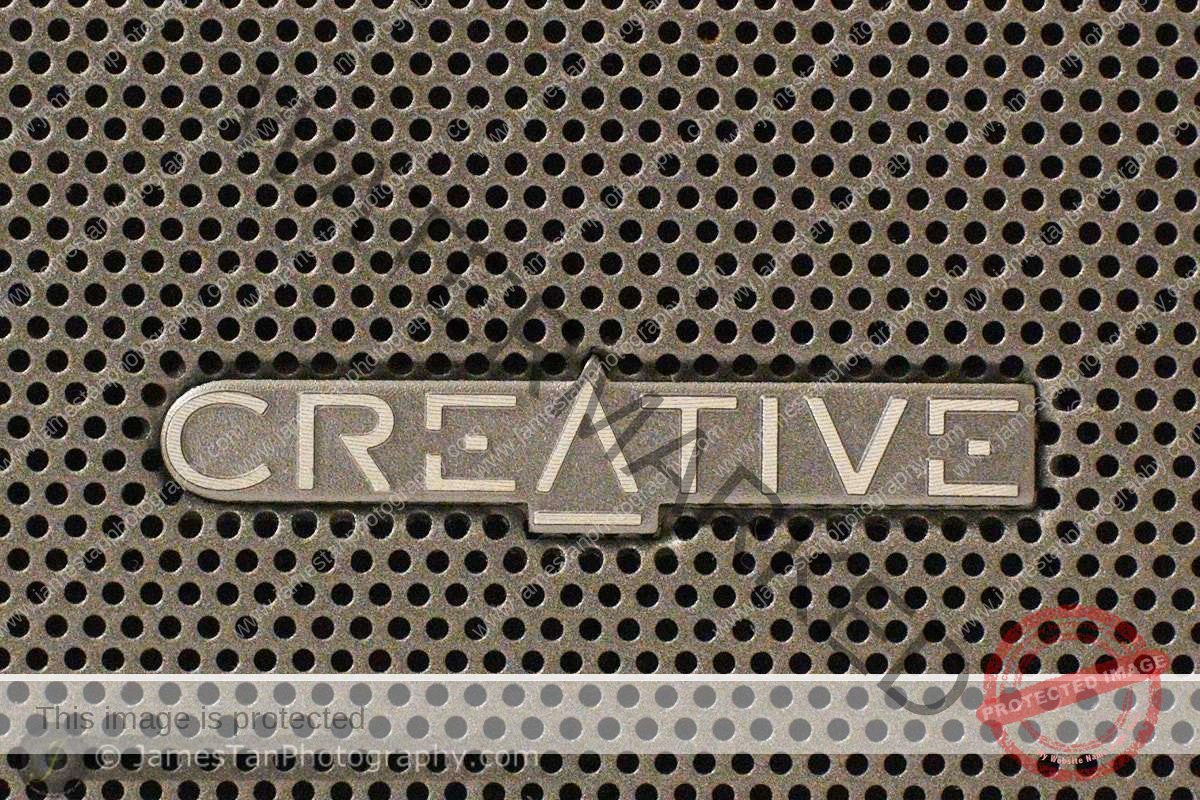
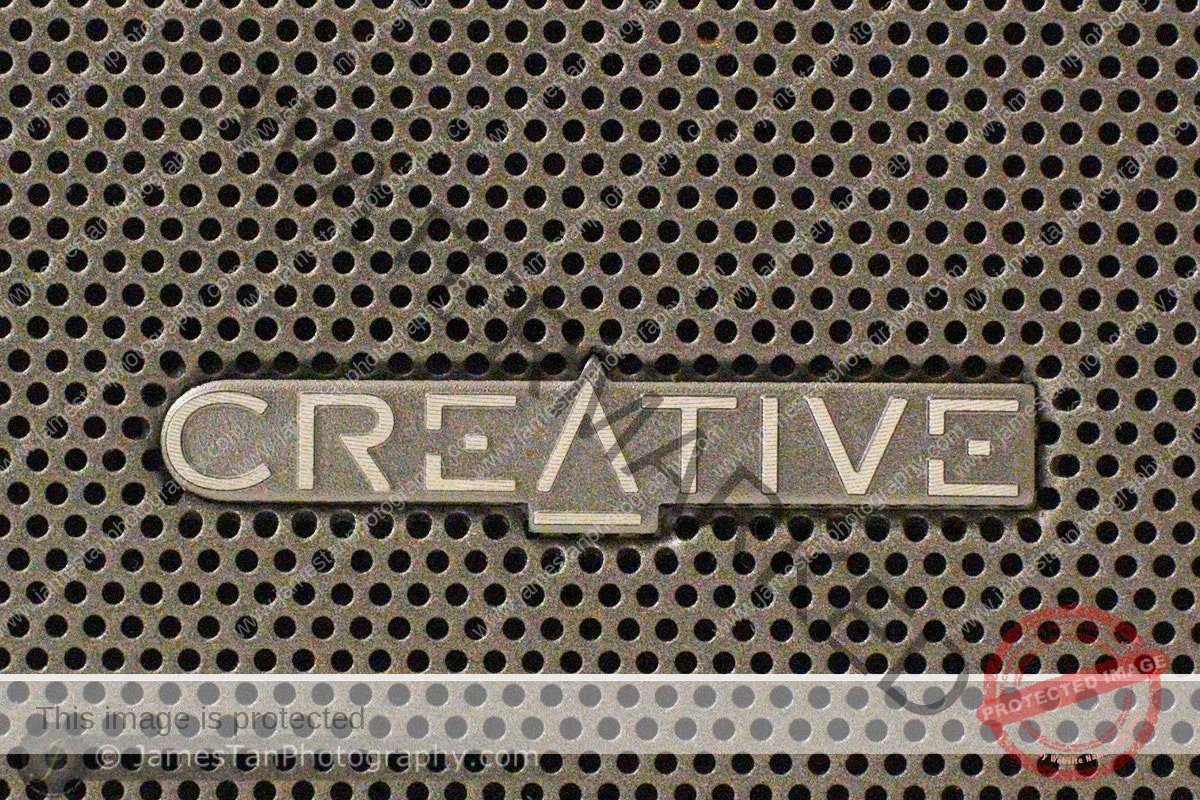
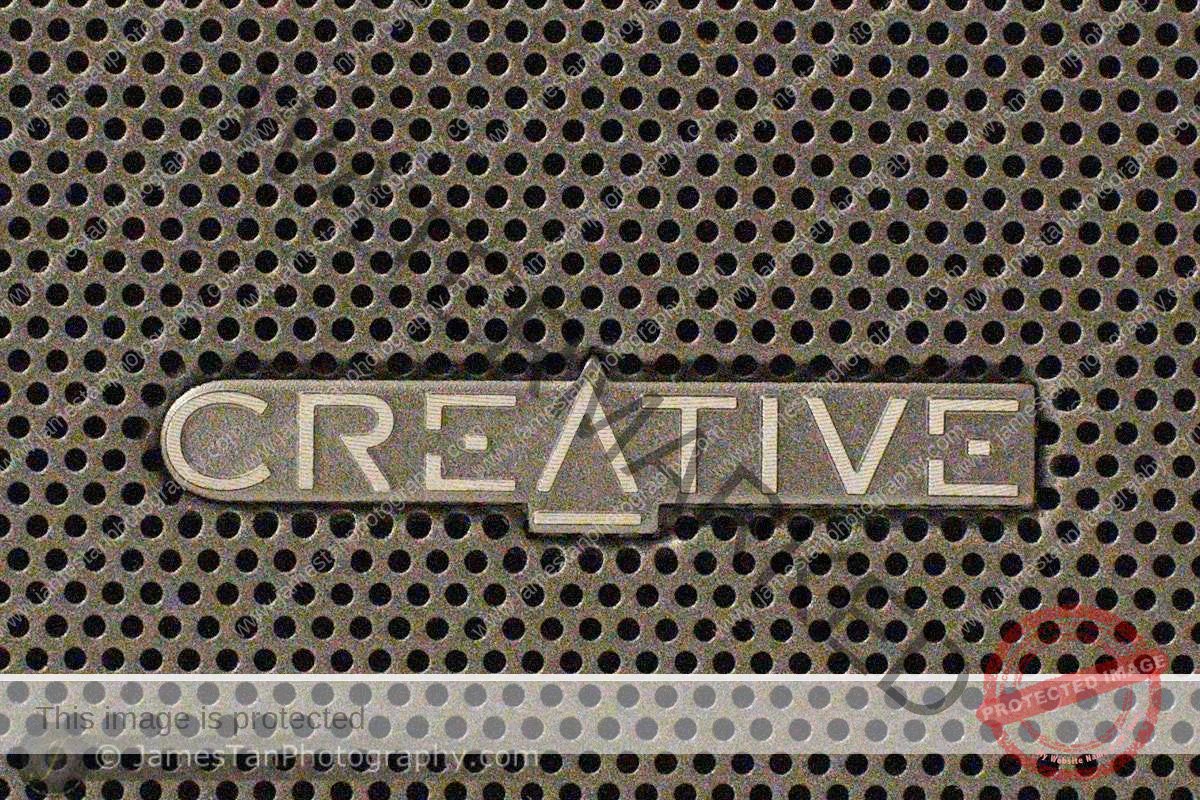
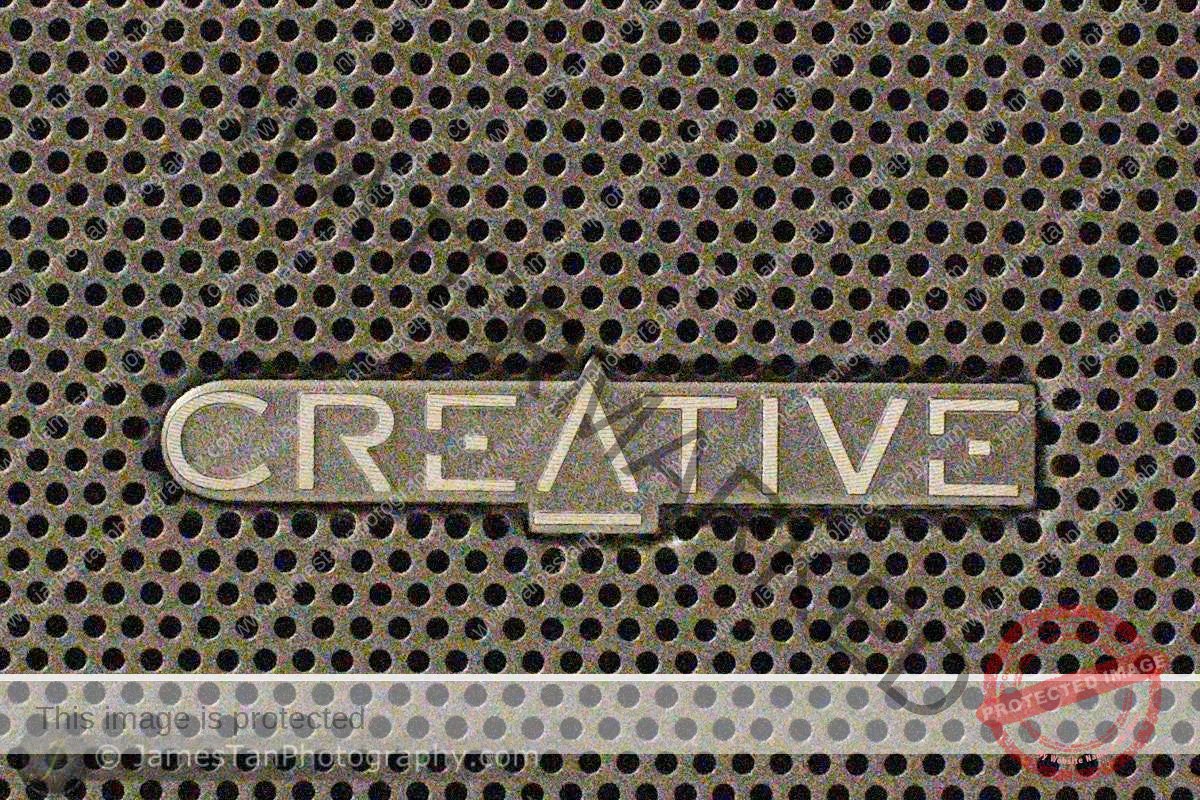
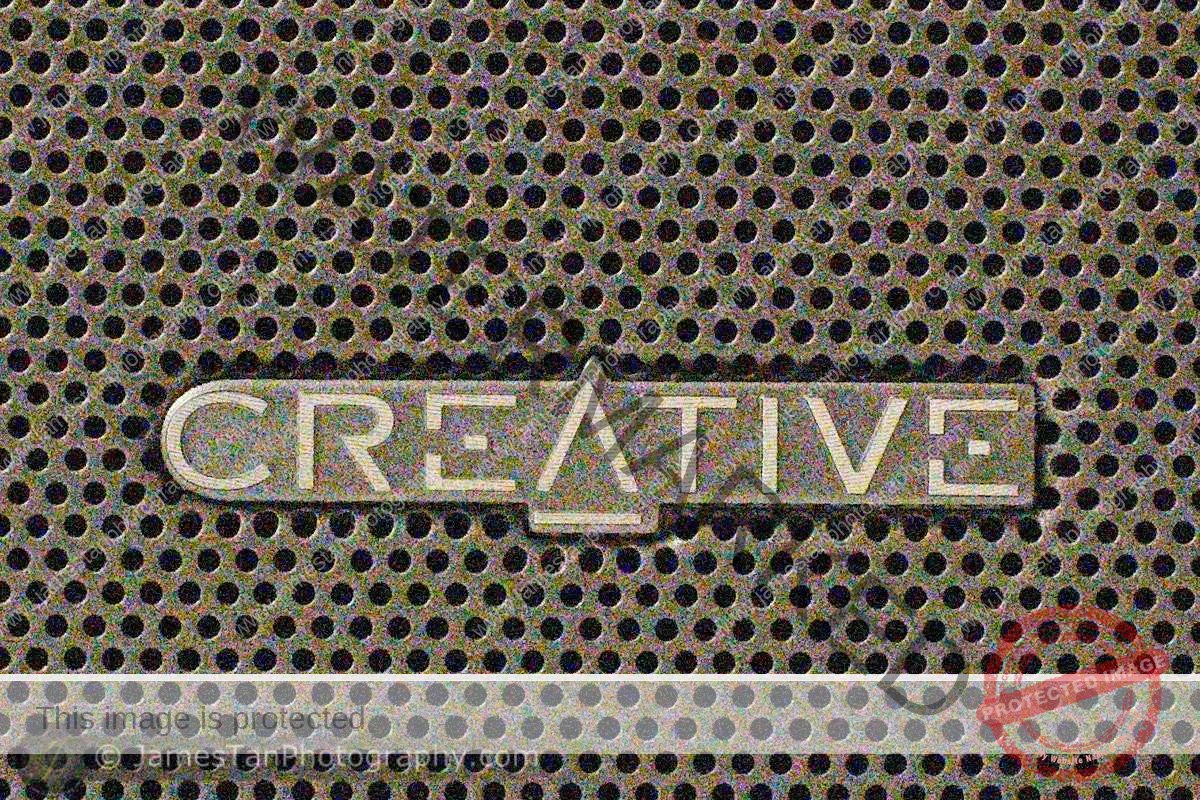
From the 100% RAW cropped, details are well preserved even at the maximum ISO 102400. However, the color noise is too much for the favor.
JPEG (Applied Noise Reduction in Capture One Pro 9)




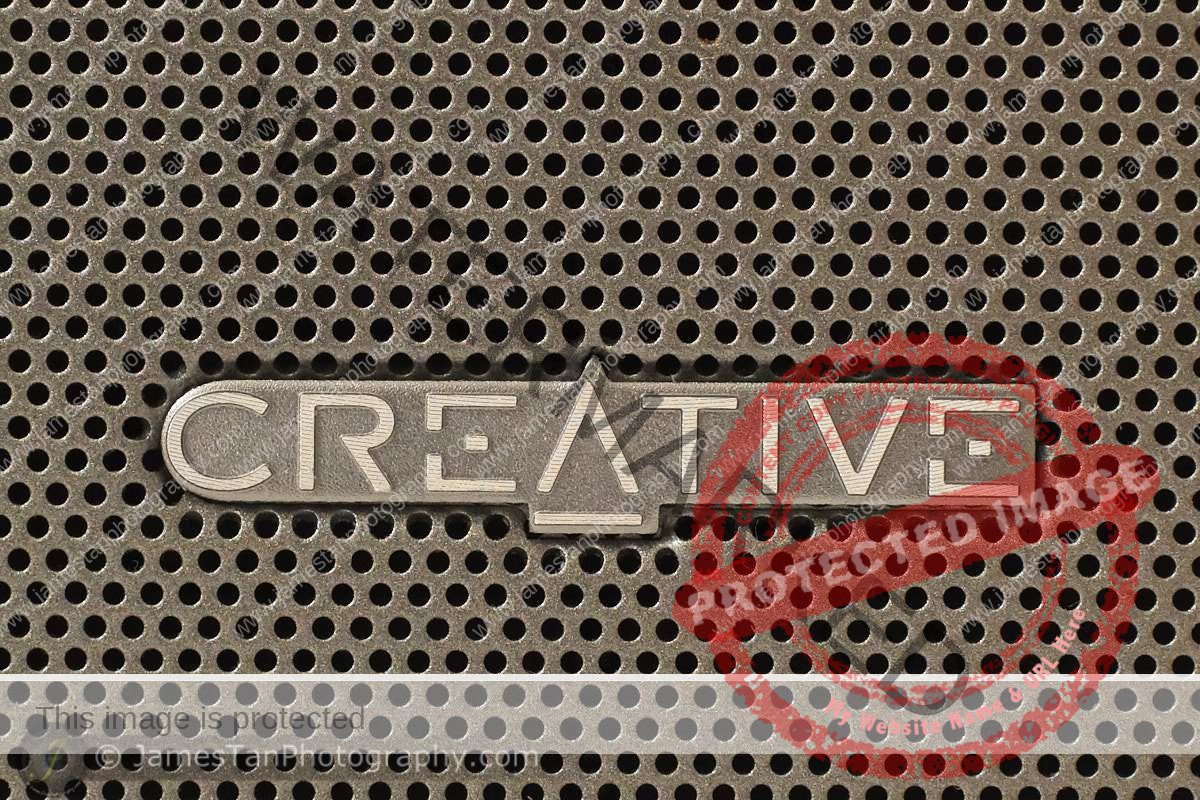



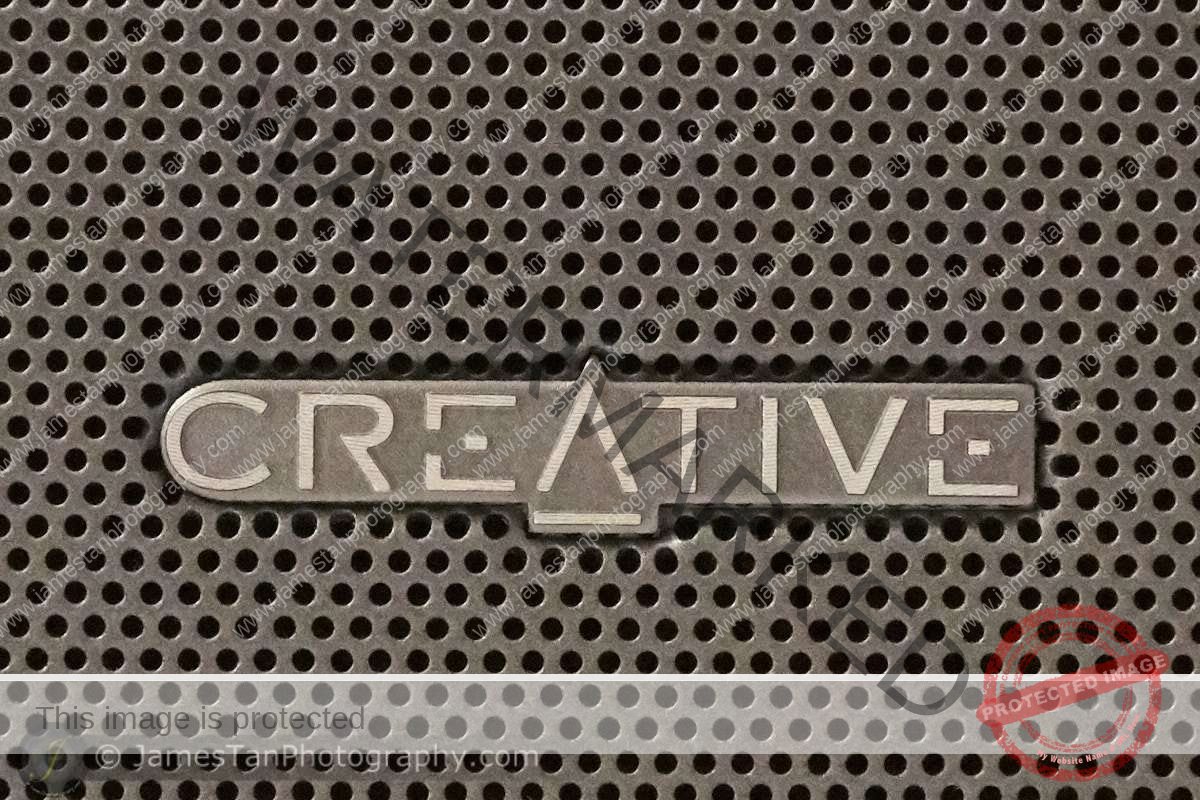
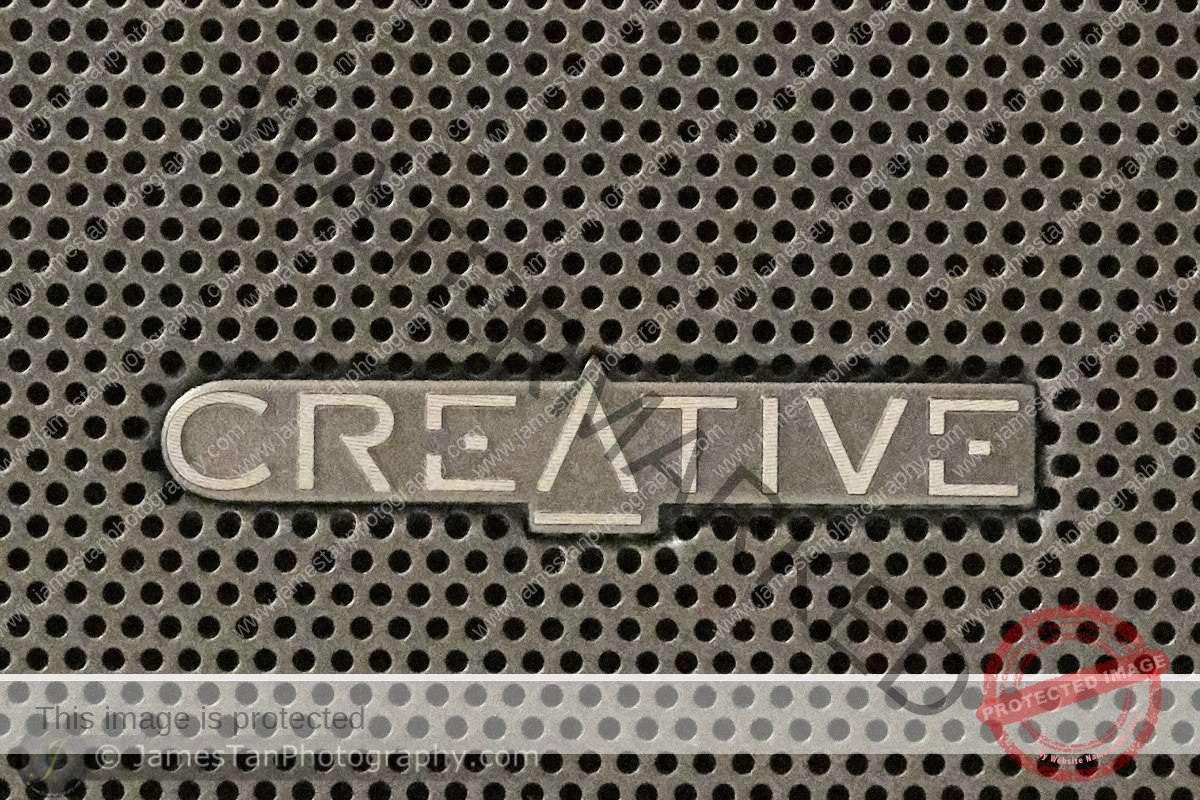
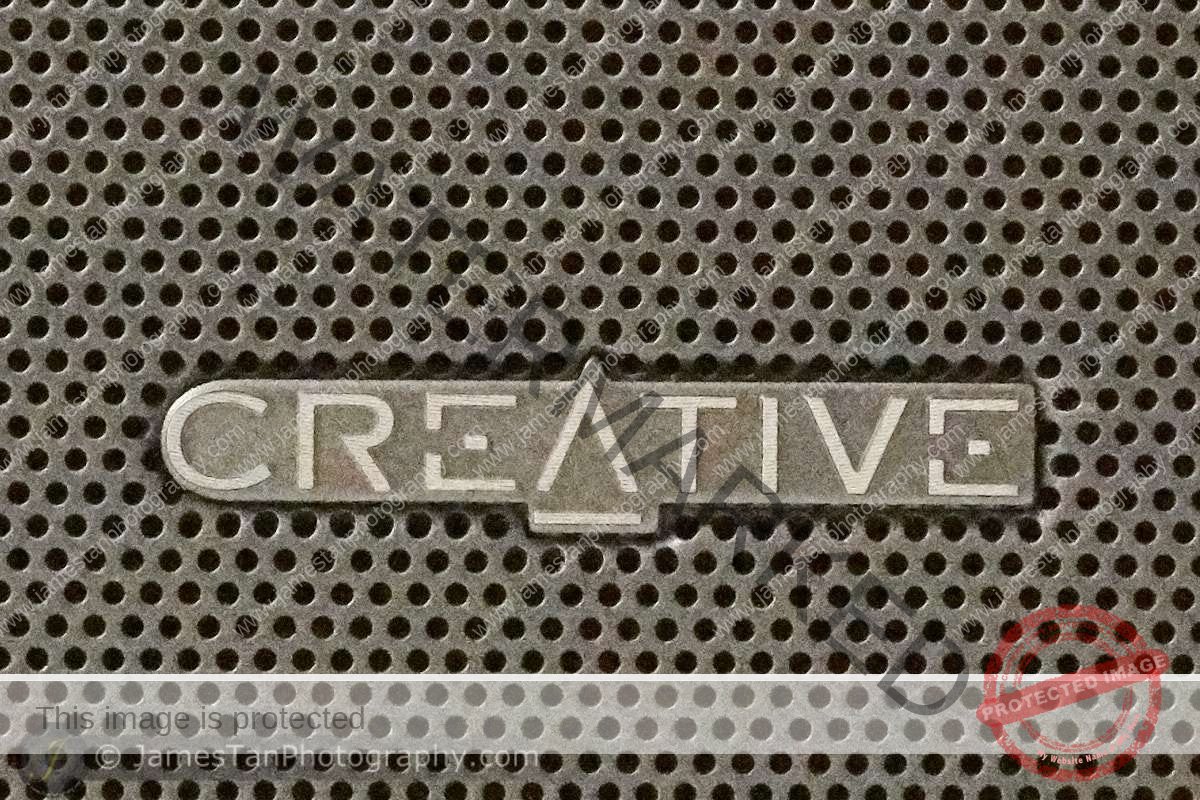
By applying noise reduction in the Capture One Pro 9, you may get rid of the color noise at ISO 102400 at the expense of losing significant details. Regarding the balance of details and cleanness of the image, I prefer ISO 25600, although ISO 51200 is still acceptable in some cases.
Below are some high ISO sample shots.
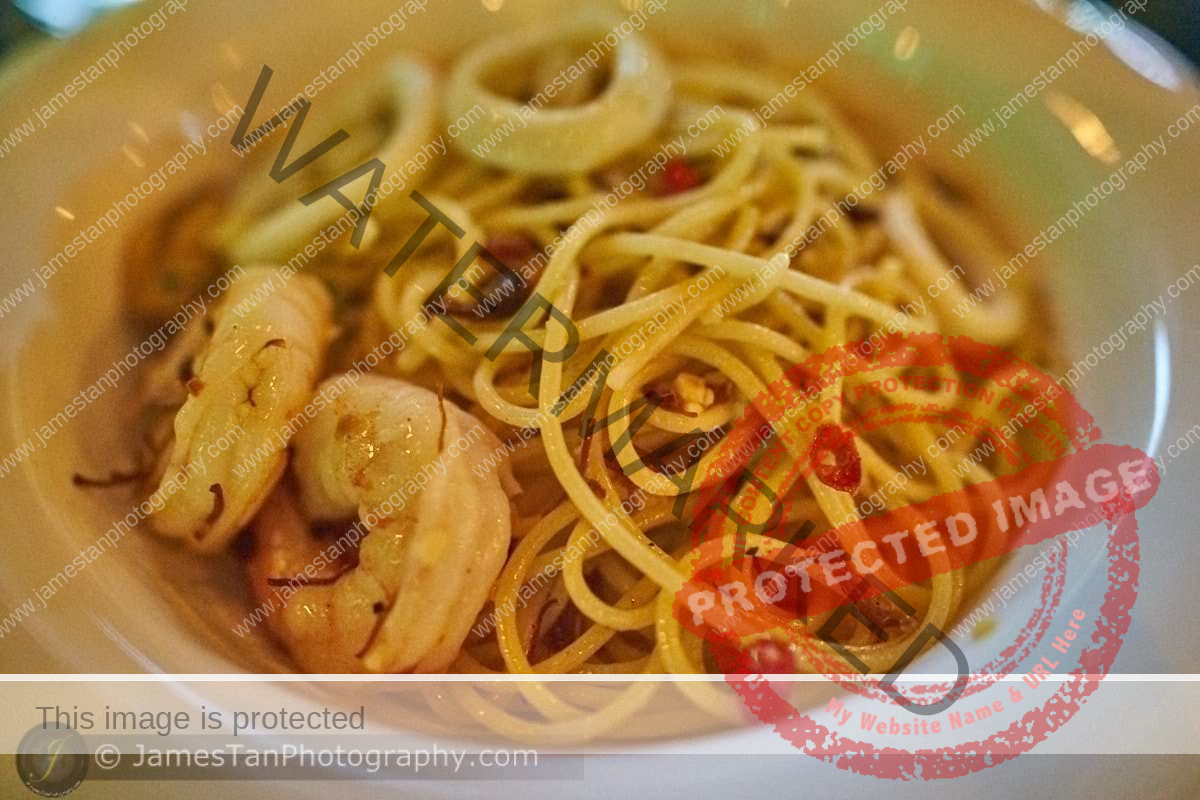
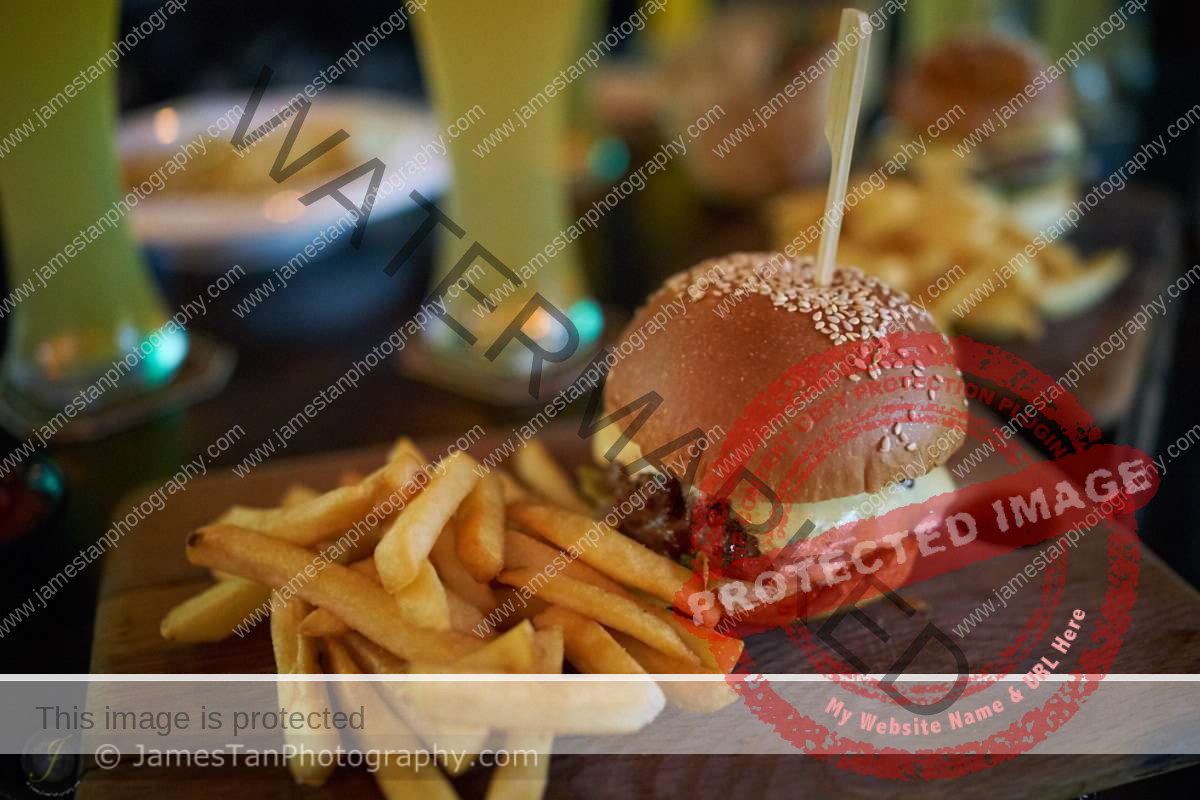


Sony RX1R II allows you to set the auto ISO range (between ISO 100 and ISO 102400) and the minimum ISO shutter speed. These are convenient features. The camera will adjust the ISO within your comfortable ISO range before slowing down the shutter speed. Yes, the shutter speed may fall slower than your preferred minimum shutter speed once the ISO hits your preferred max ISO.
Lens Performance
Sony RX1R II offers a F2 fixed prime lens. With the blue little Zeiss badge, I expect the lens offers outstanding optical performance. Let’s find out more in the following sections.
Center Sharpness & CA
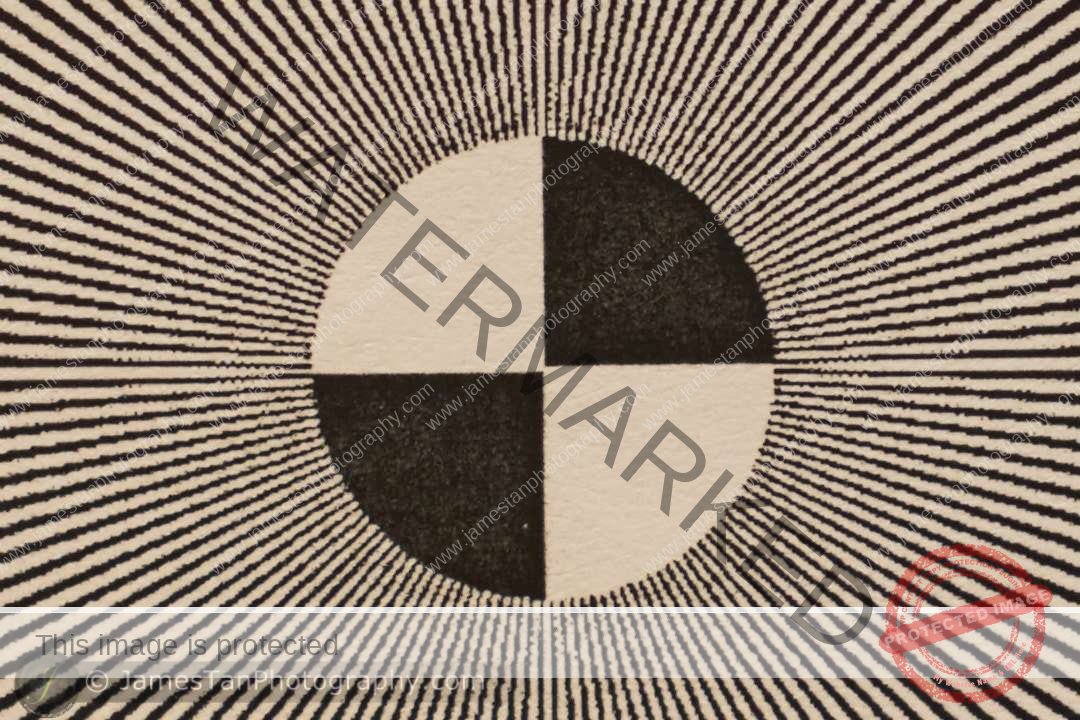

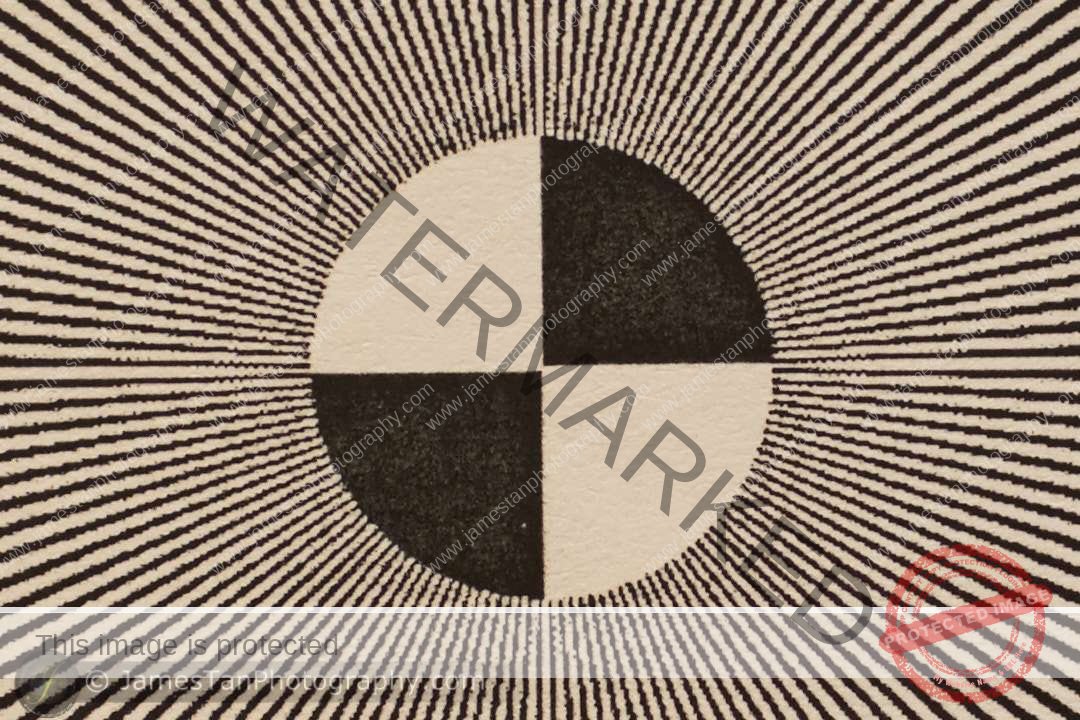
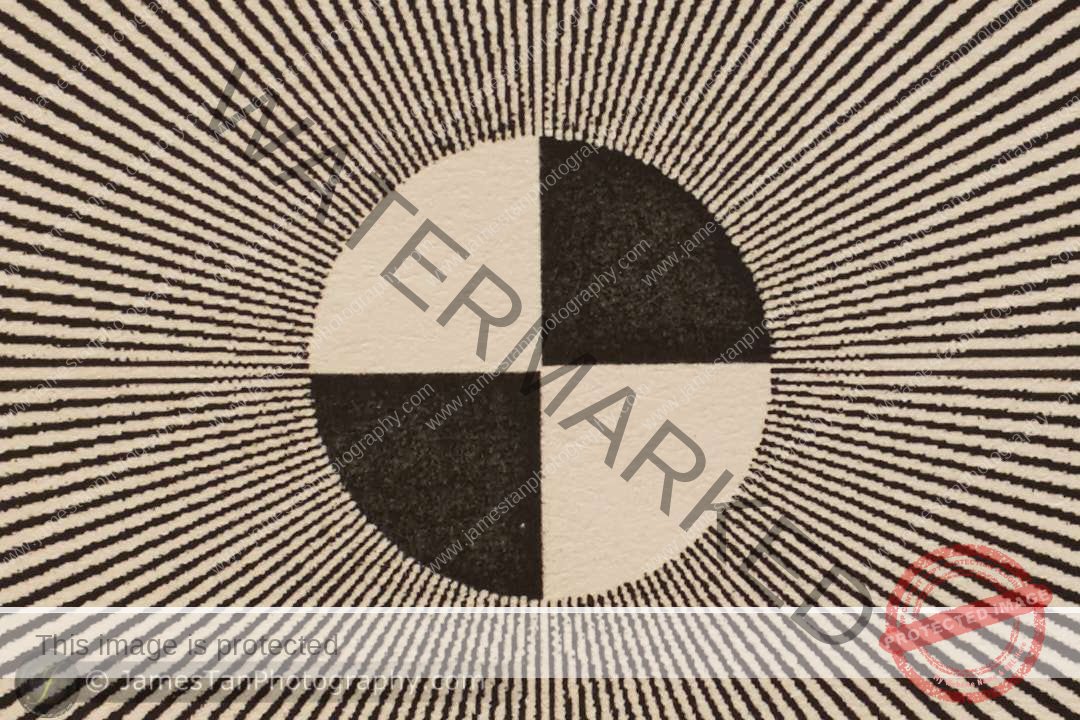
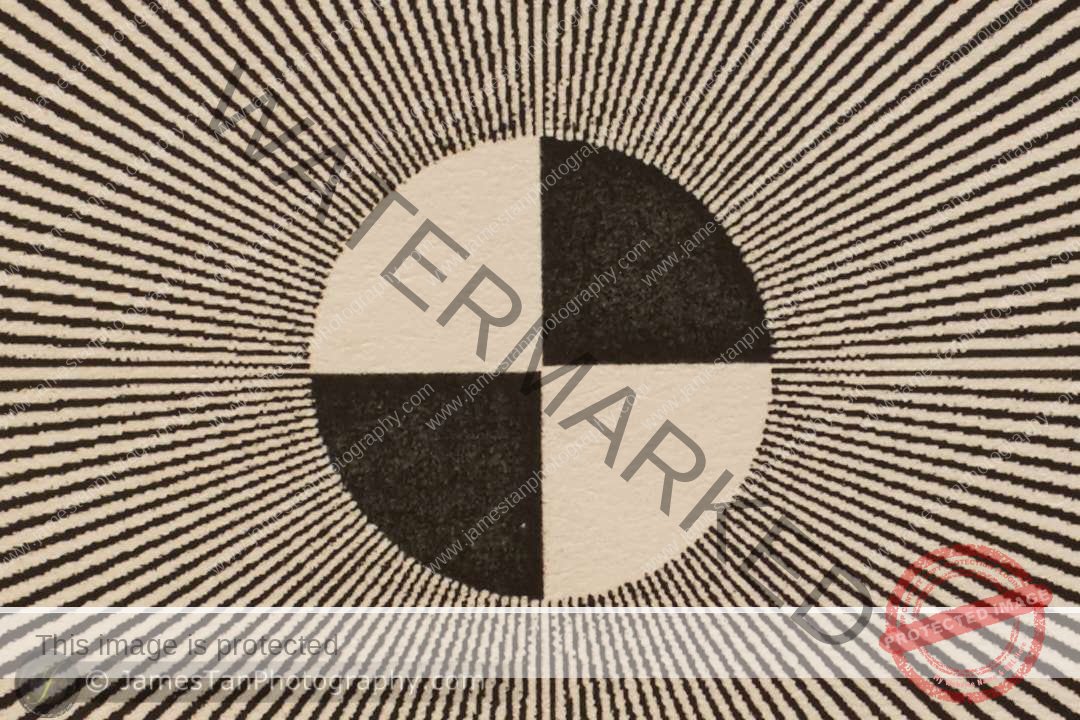
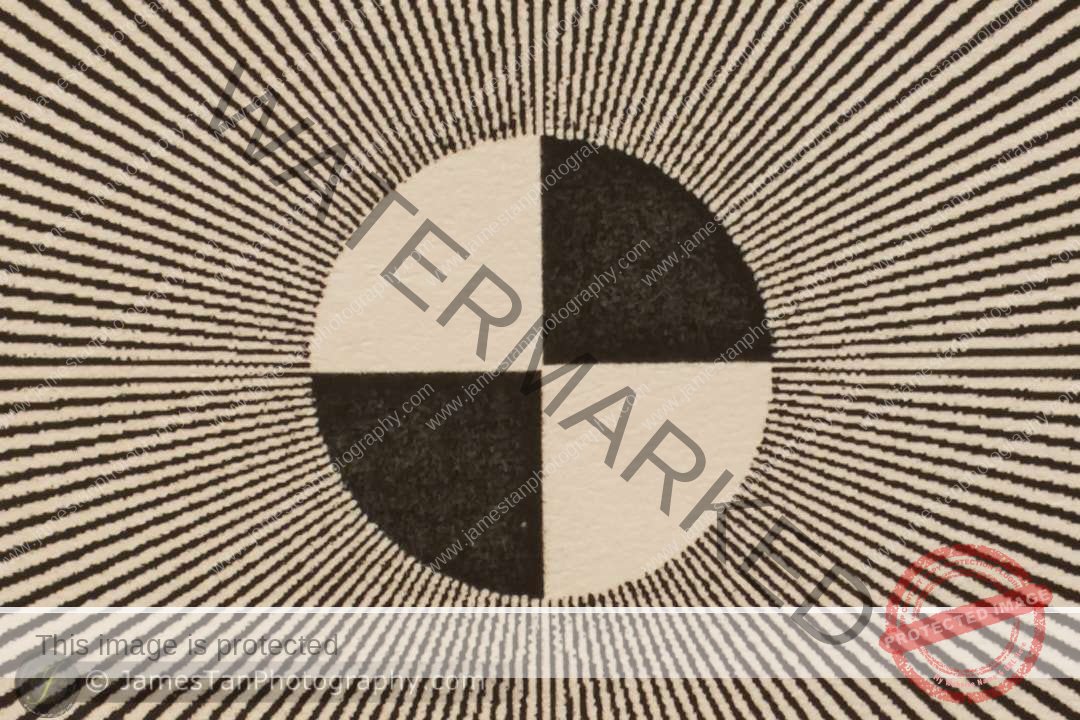
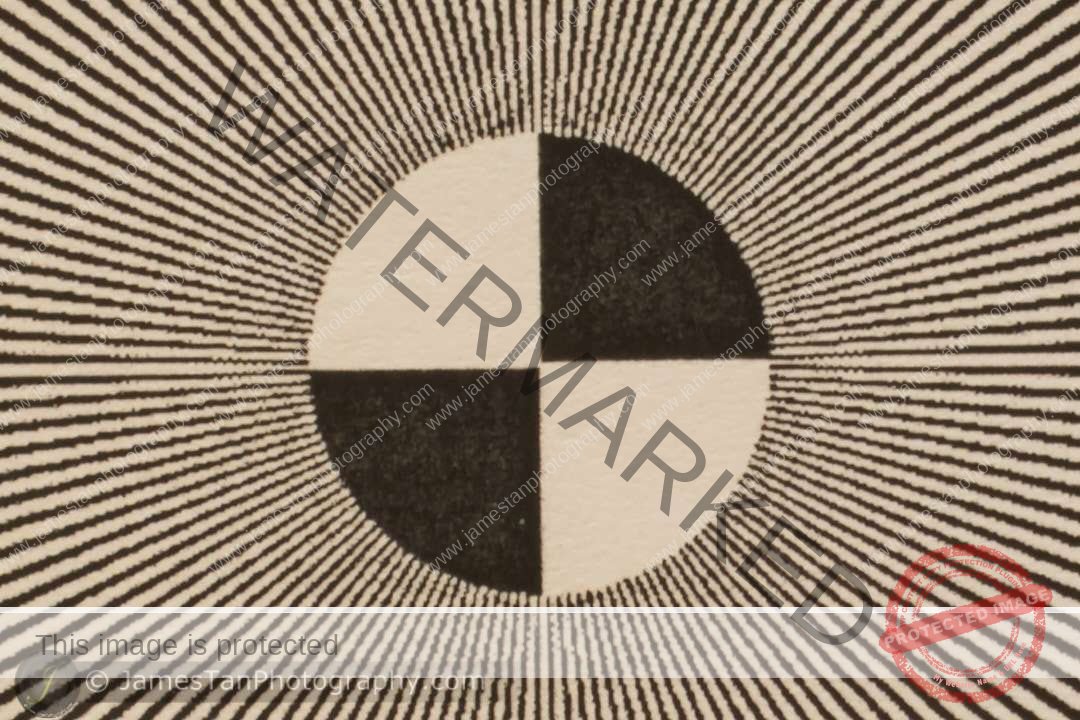
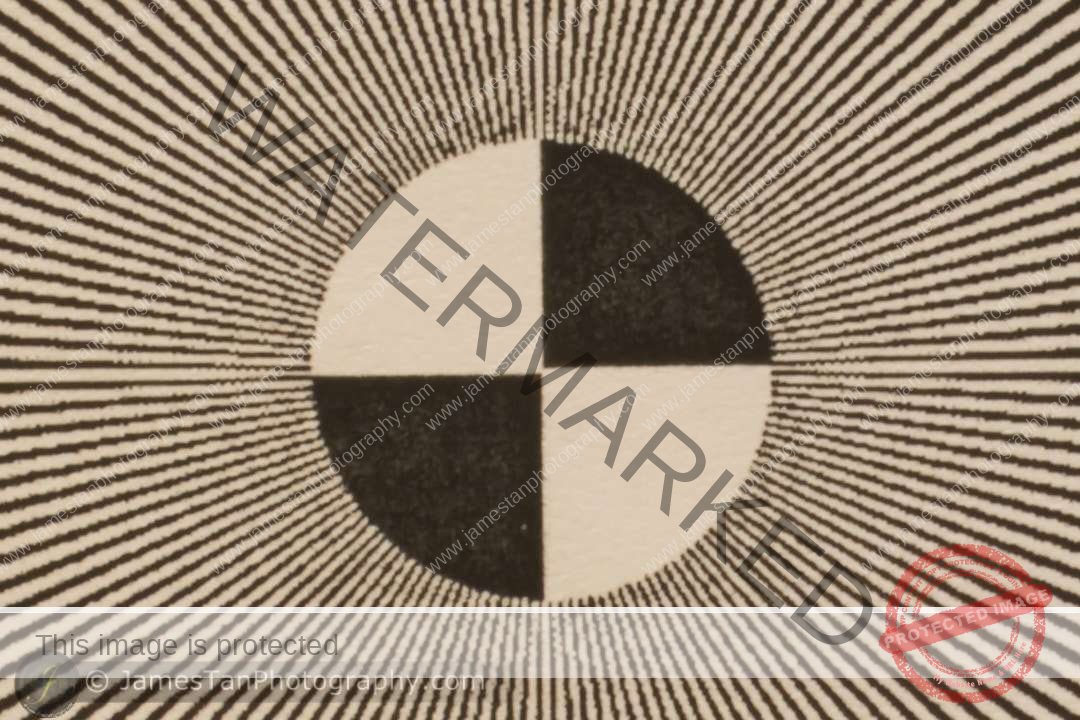
Corner Sharpness & CA
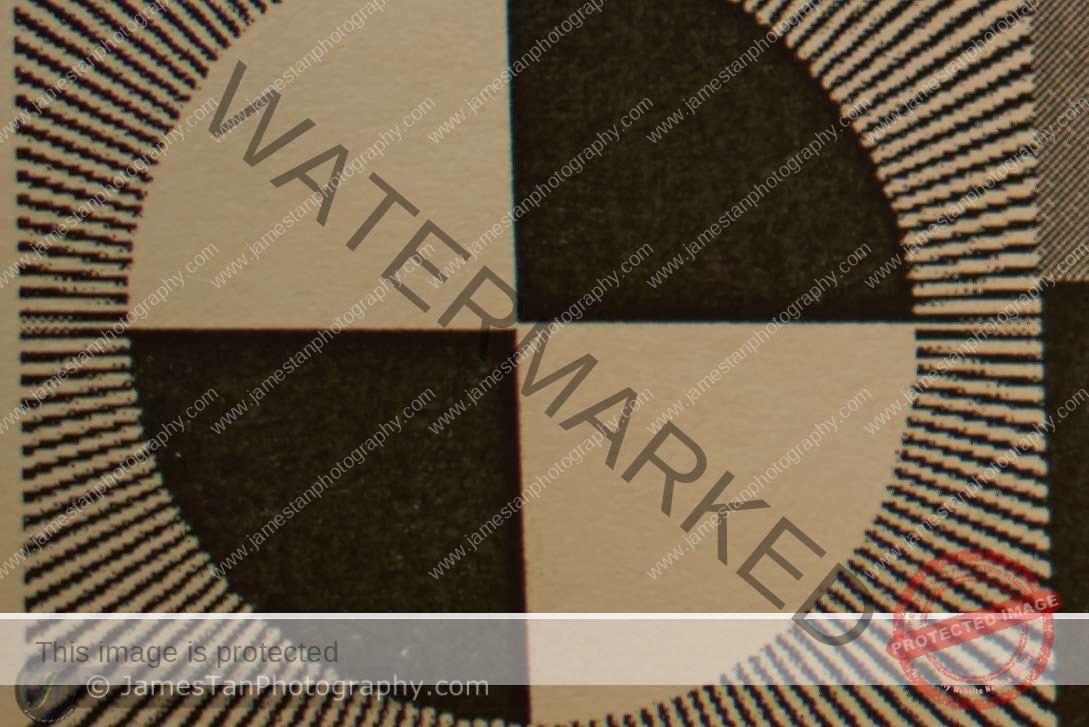
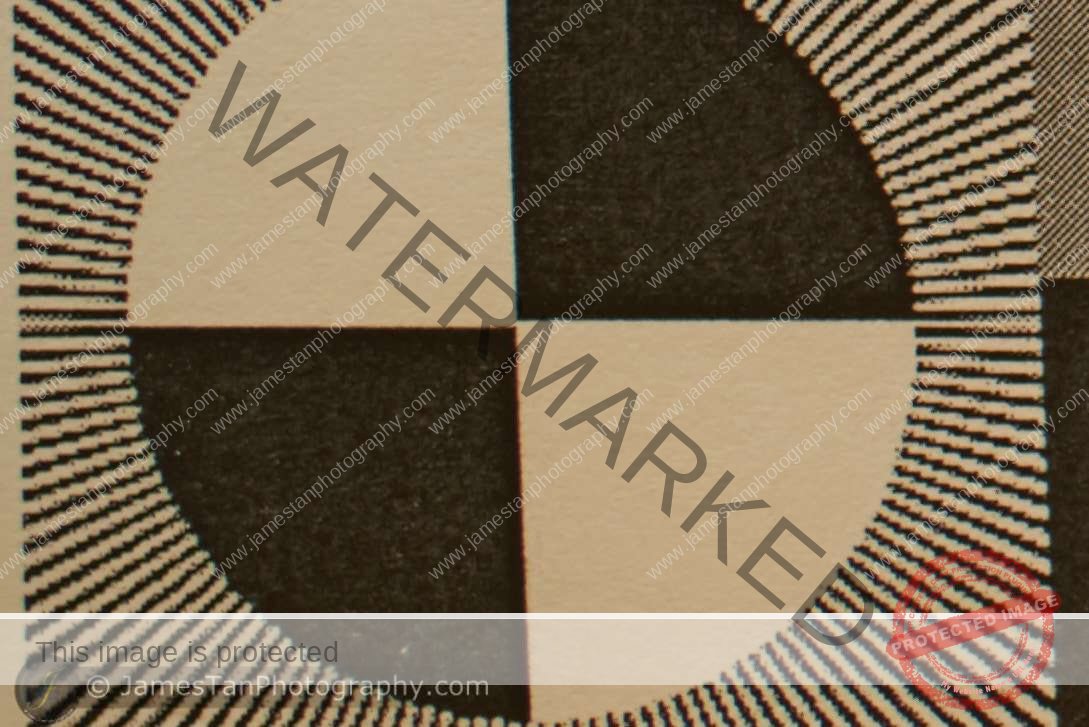
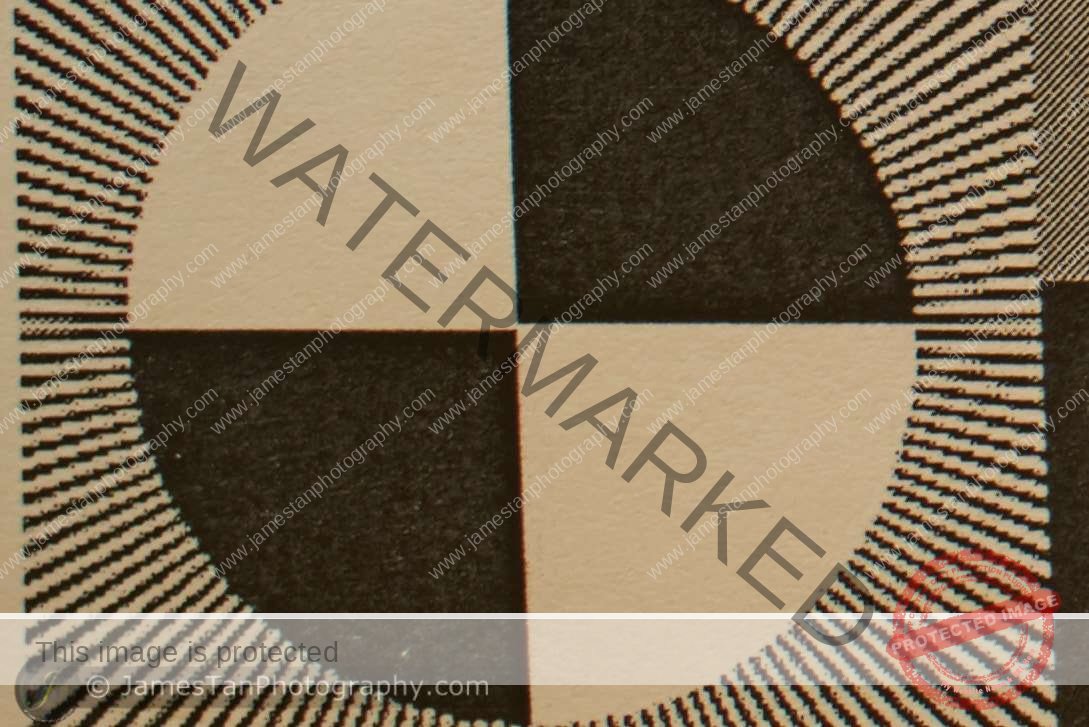
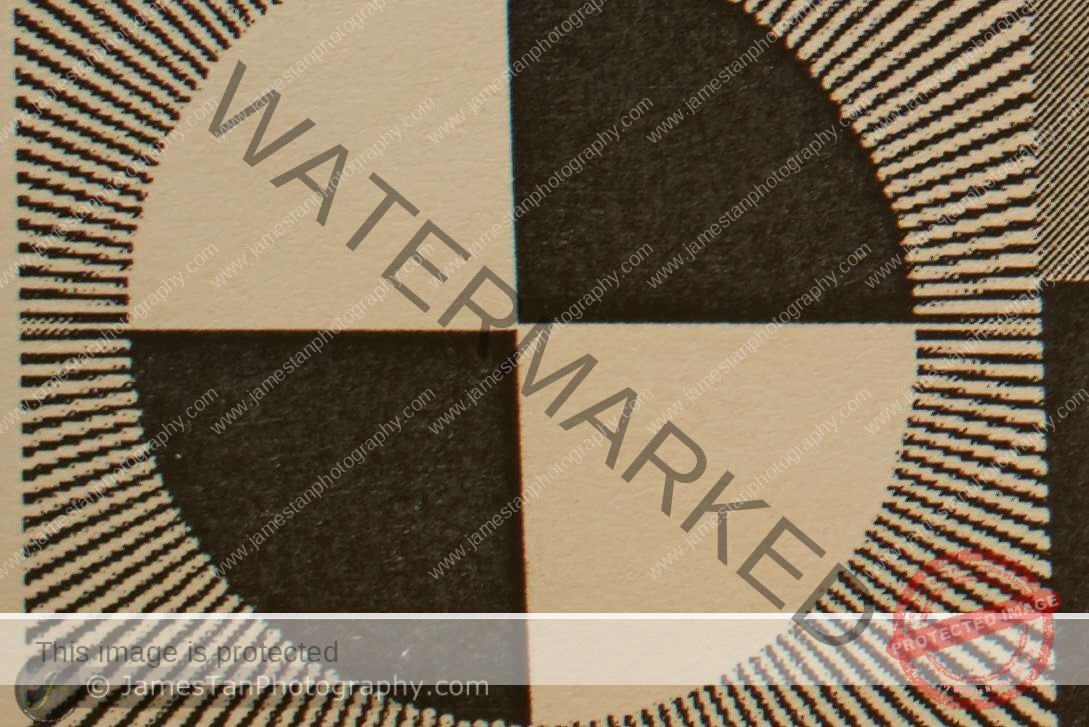
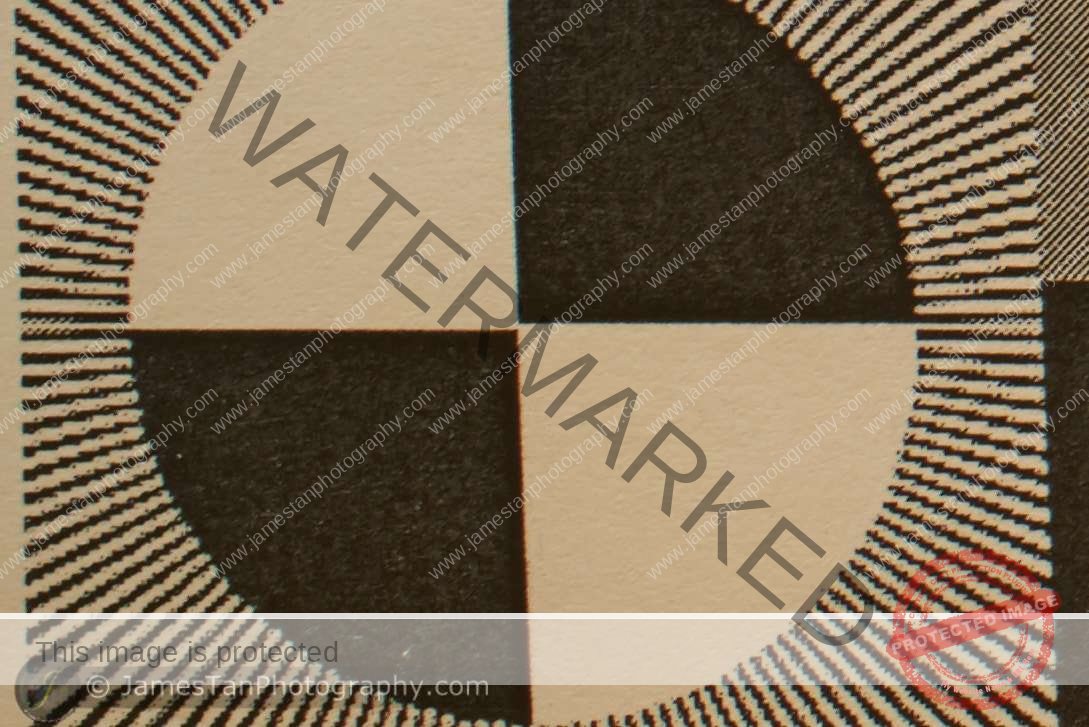
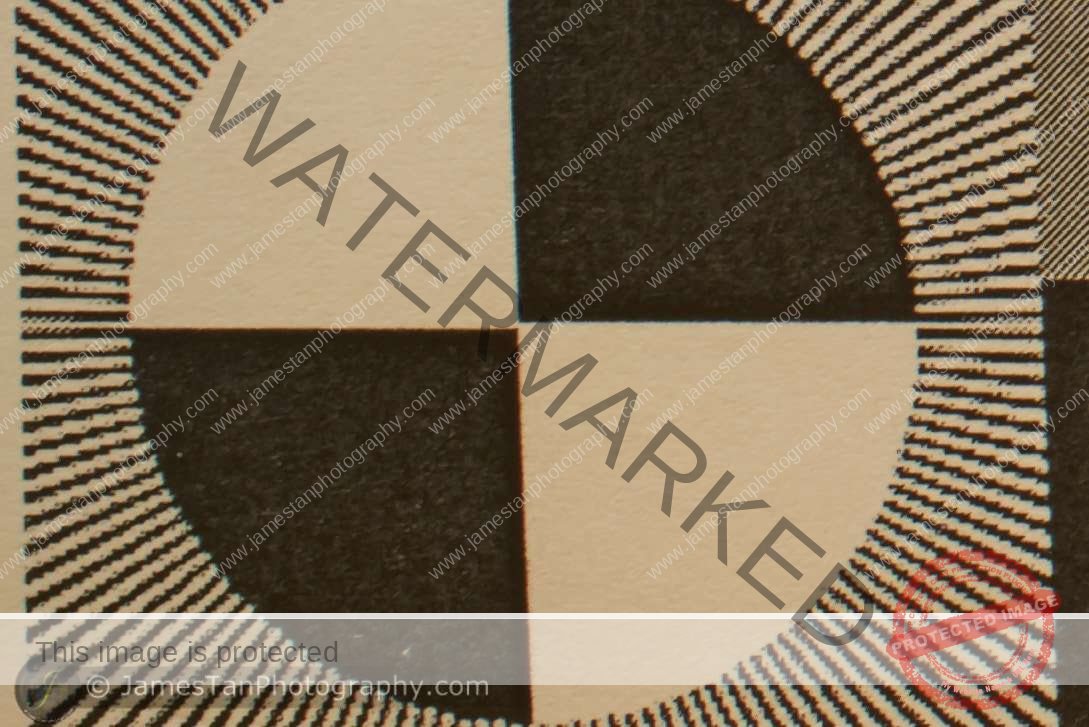

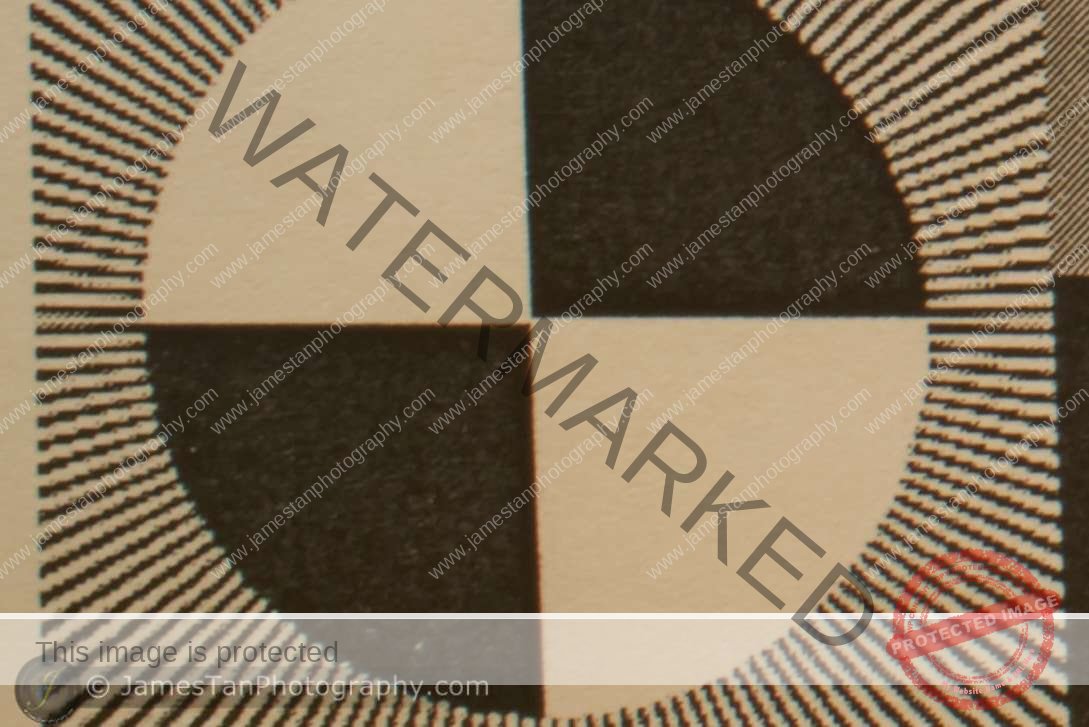
The Zeiss T* Sonnar fixed lens is pretty sharp at its center from F2 to F11. It peaks at F8, but the sharpness at F22 is softer significantly. The corner sharpness is a tad softer than its center but remains sharp from the widest open at F2 to F16.
For chromatic aberration, magenta and purple fringing exist in the corners in all the apertures. The lens controls in the center CA excellently.
Below is a sample shot at F2 to show off the lens sharpness.
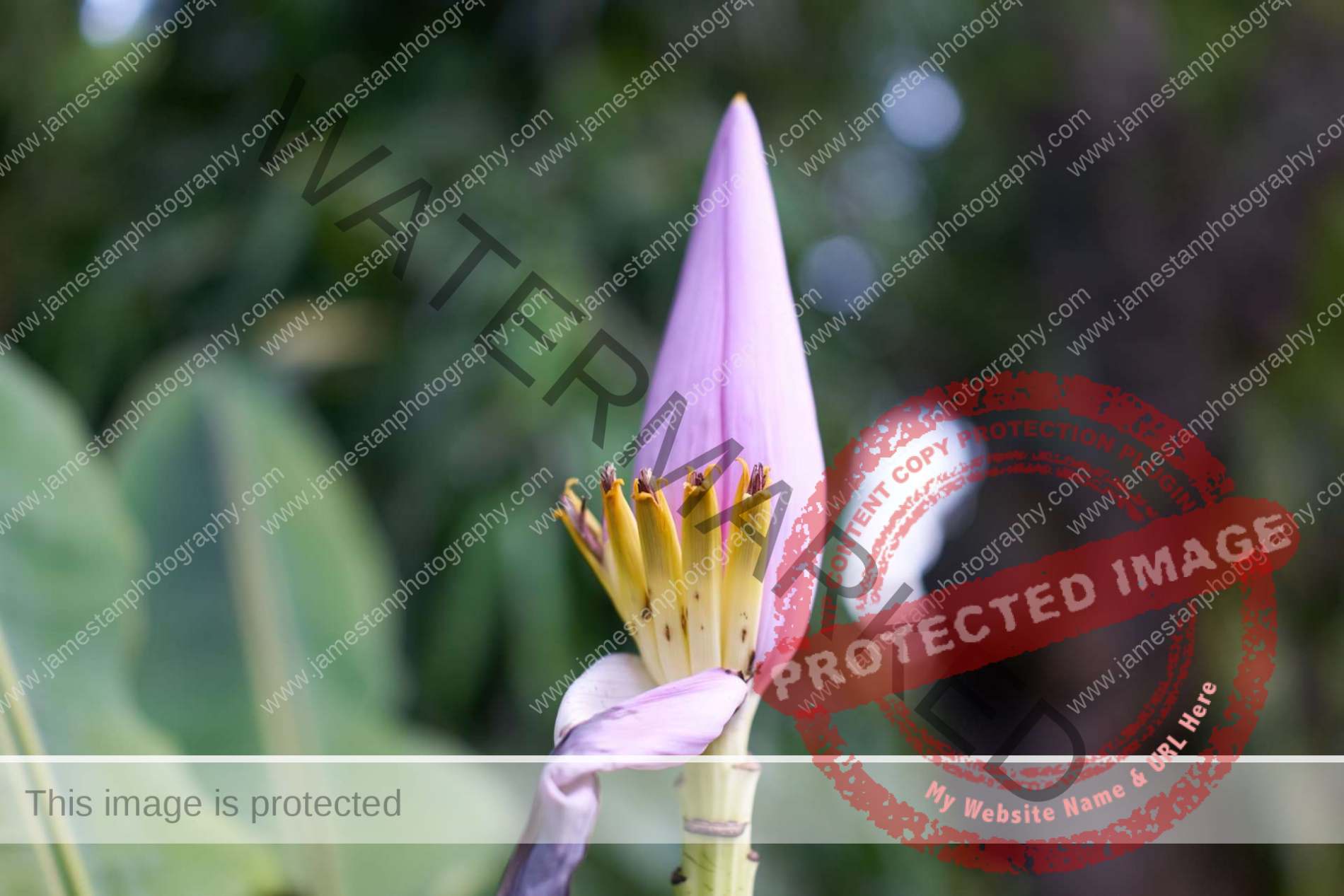

The output is so sharp!
Distortion
The lens exhibits slight barrel distortion, which you can fix easily in post-processing software.
Lens Flare
The lens also handles the flare well.
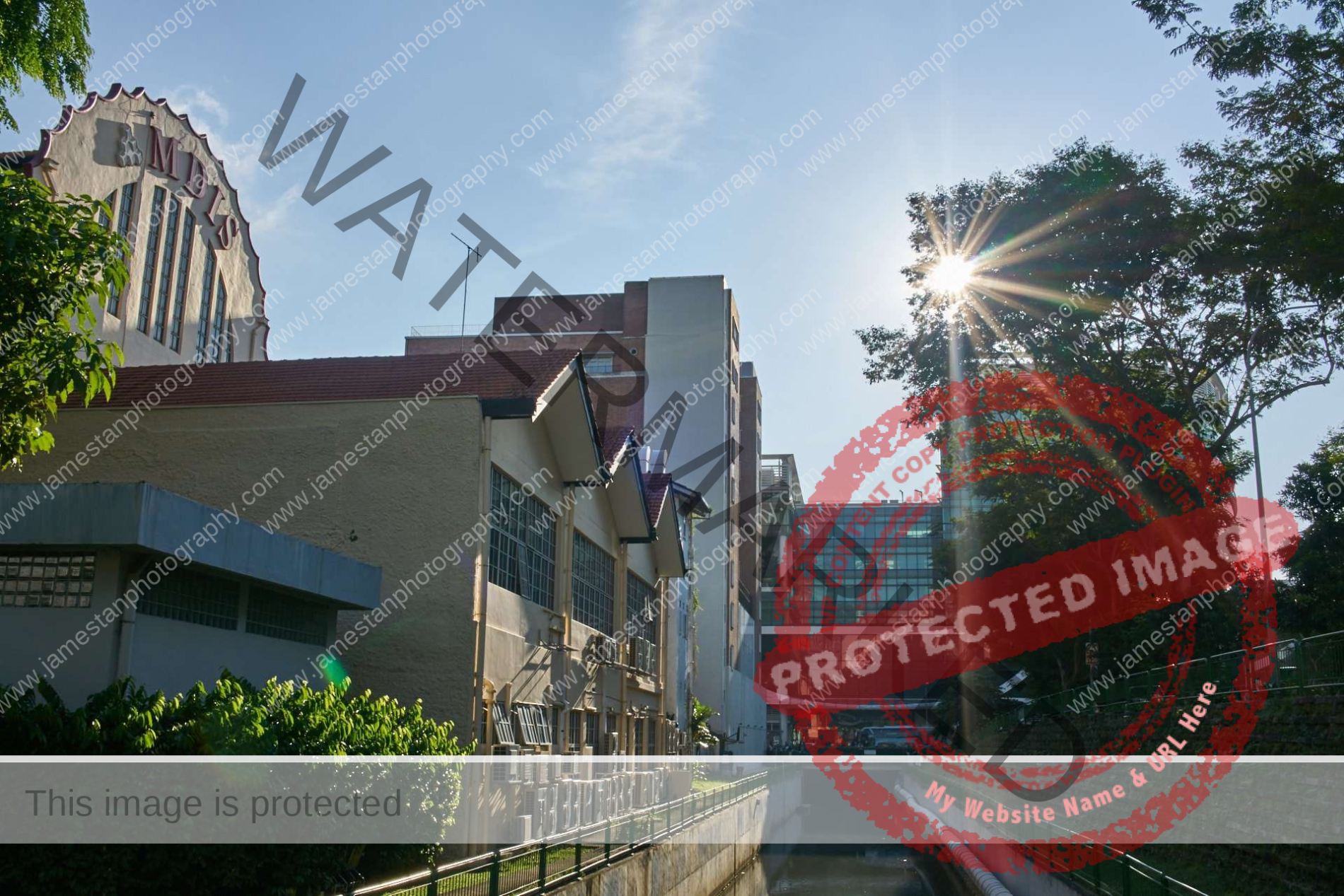
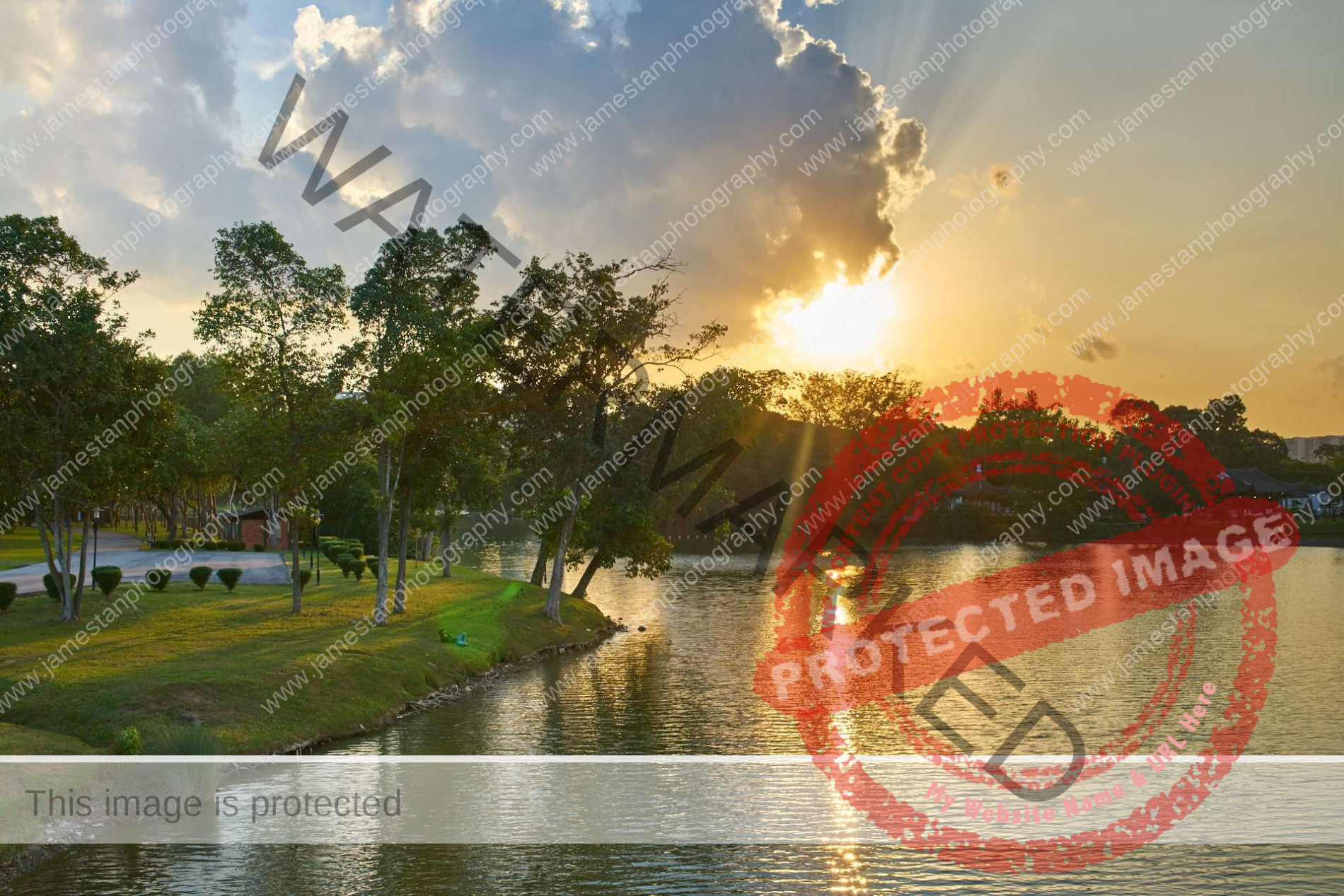
Bokeh
The lens uses 9 blades circular aperture to give you the round-shaped Bokeh even after you stop down the aperture. Bokeh at F2 and F2.8 is smooth and in a good circular shape, as expected. You will see some onion ring bokeh if you zoom in closely at the aperture smaller than F2.8 (e.g., F4, F5.6, etc.).
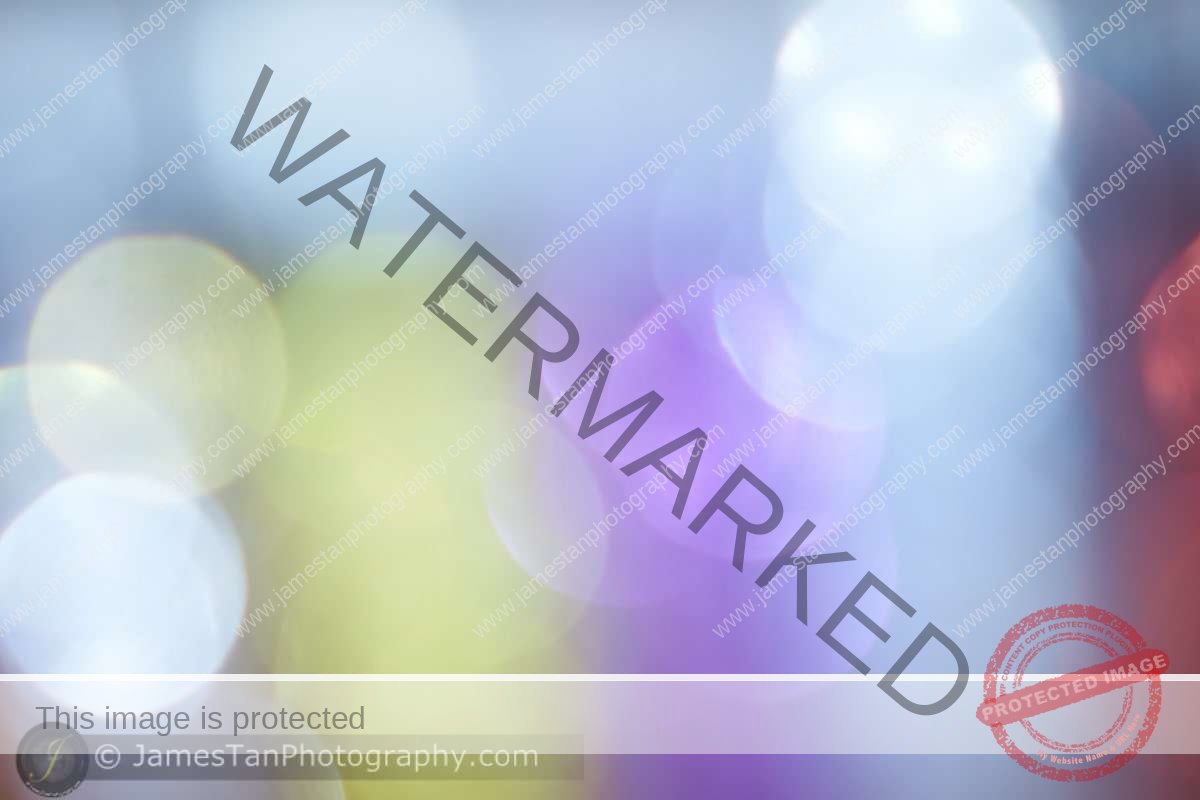
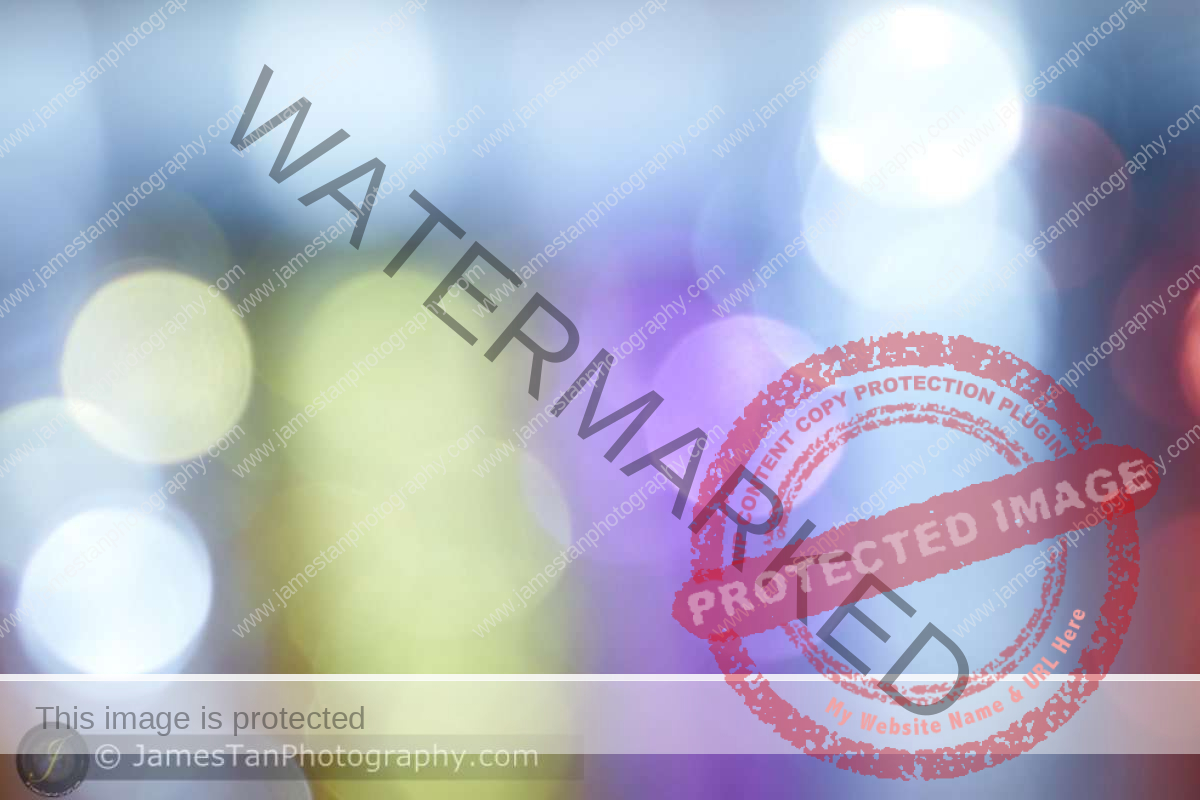
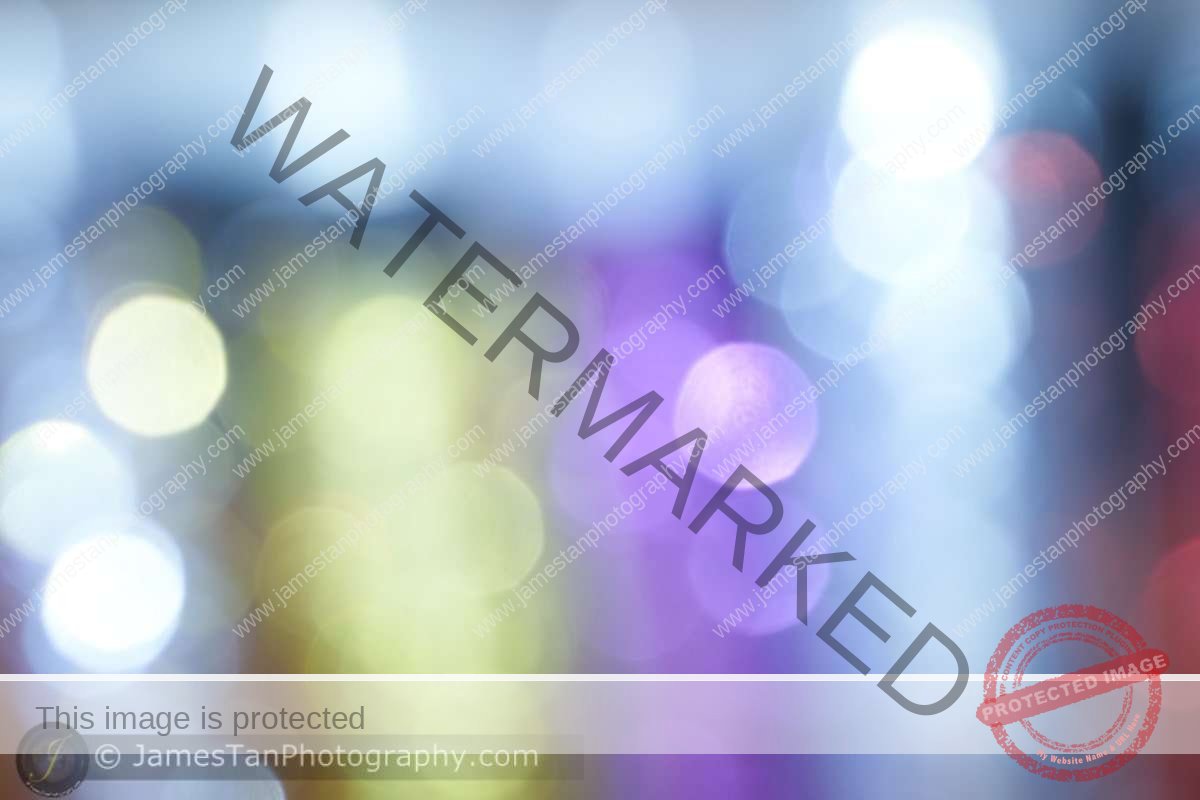
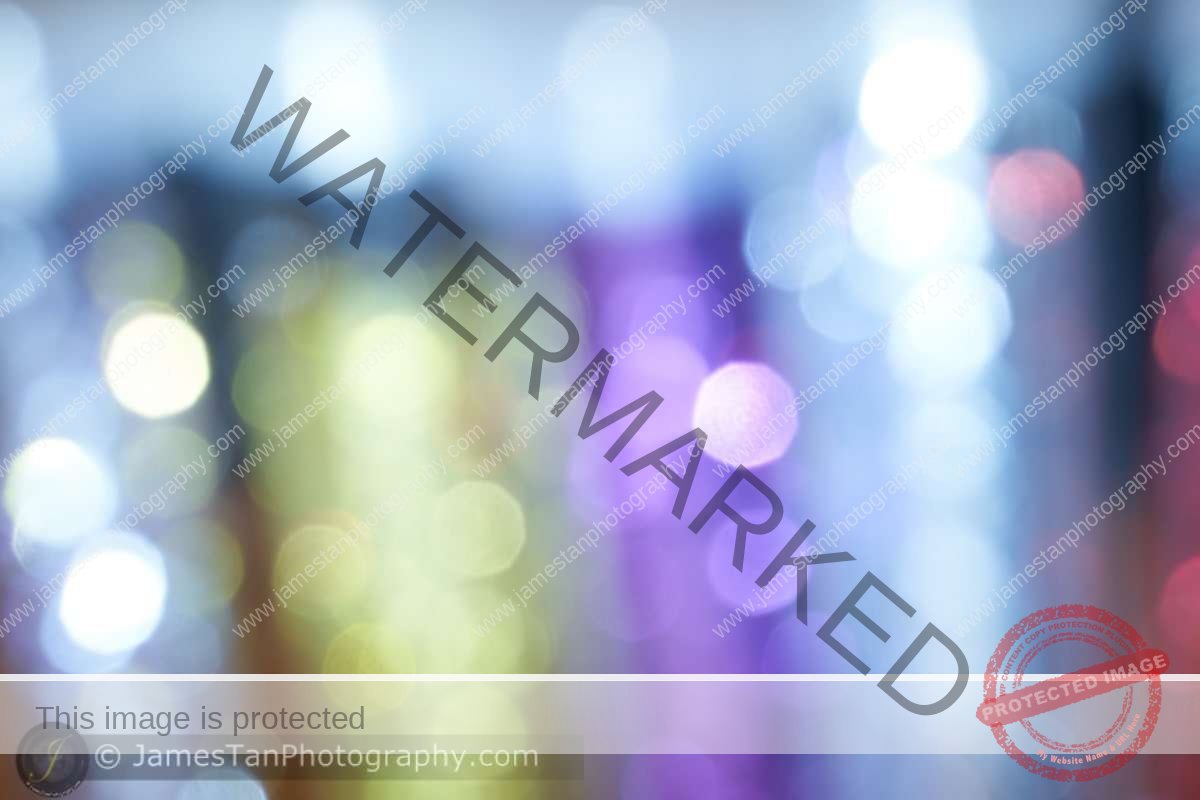
Nevertheless, the Zeiss fixed prime lens on Sony RX1R II still renders smooth and pleasant bokeh in real-life shooting.




Look at the bokeh rendering at 100% cropped view!
Other Features
Optical Variable Low Pass Filter
There is only one variant of Sony RX1 in the mark II series instead of having two models RX1 and RX1R, in the first generation. Sony introduced a new innovative idea – the optical variable low pass filter to give you the best of both RX1 and RX1R in a single body. You can choose to use a high LPF setting, standard LPF setting, or turn off the low pass filter using a camera setting.

Sample 1
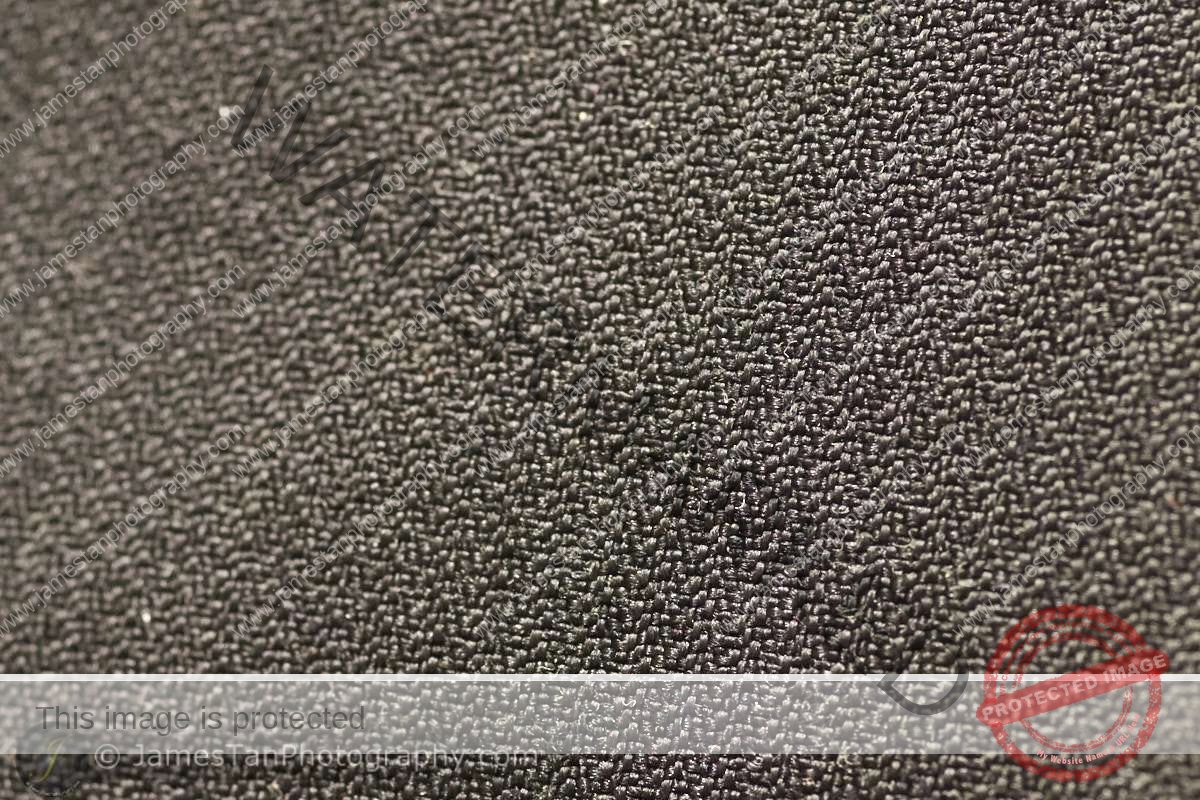
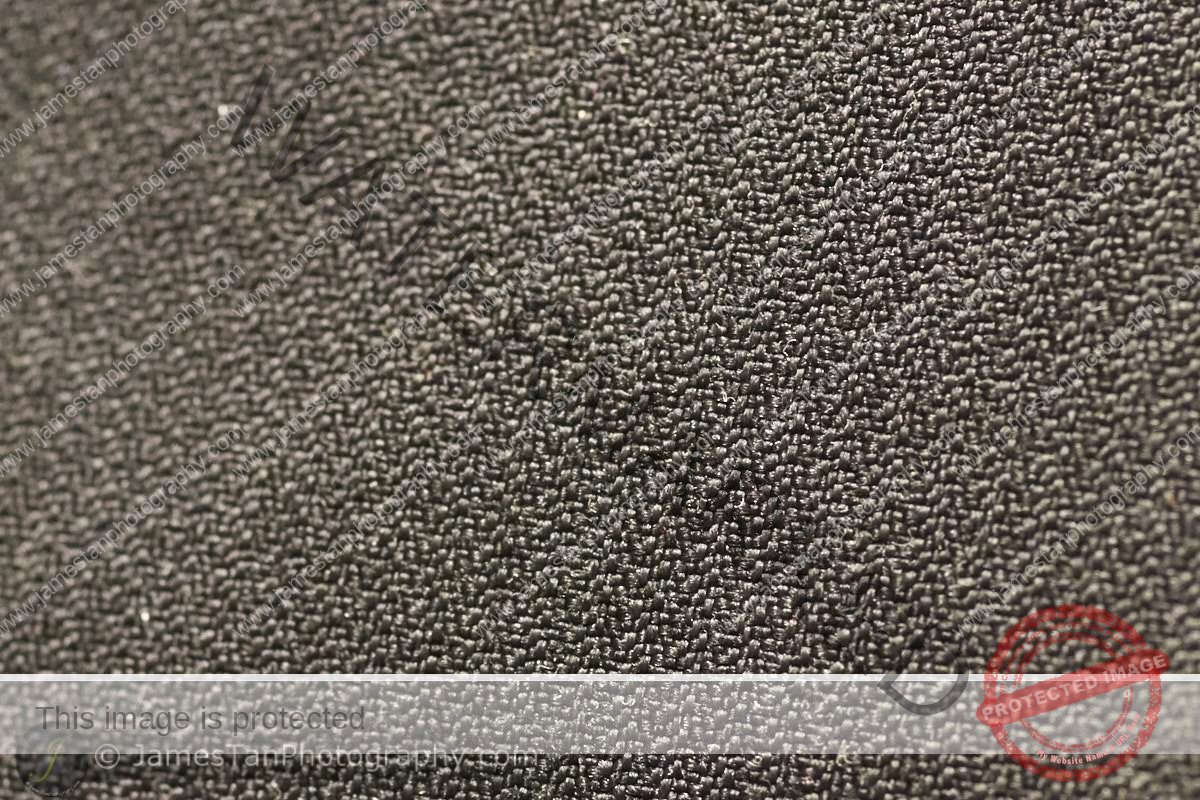

Sample 2
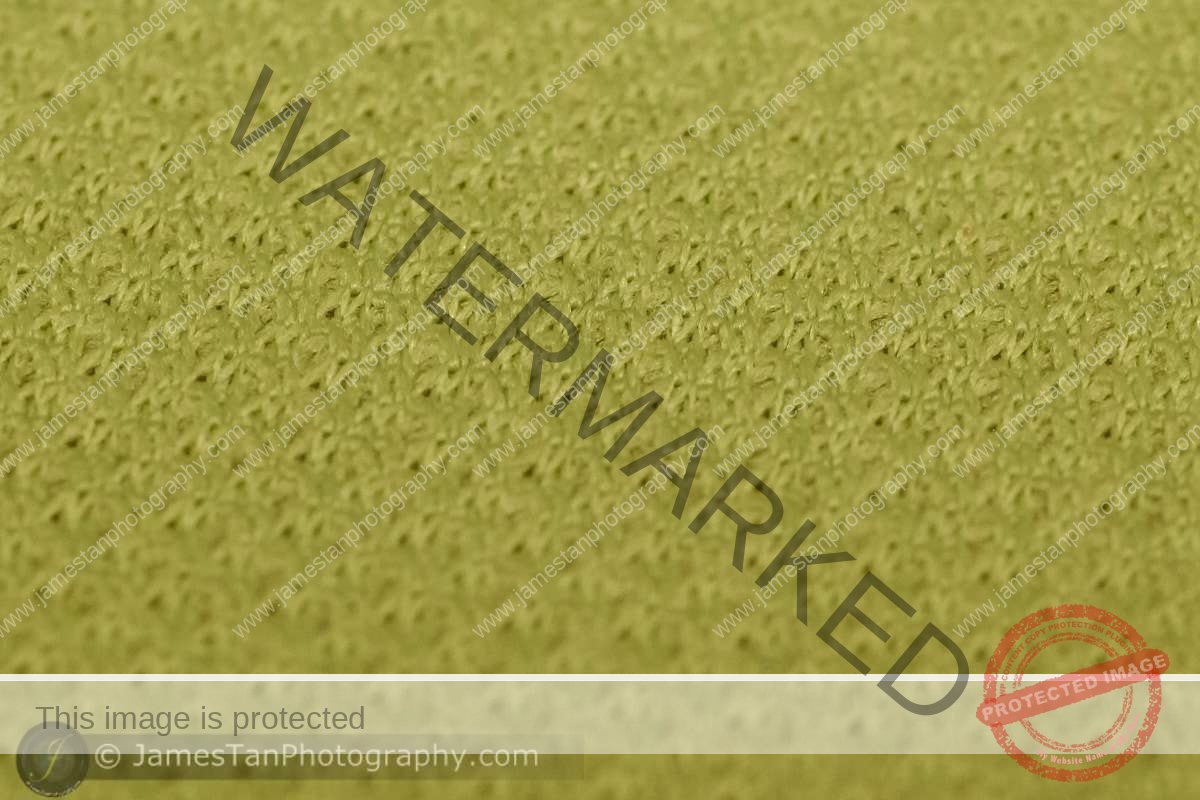
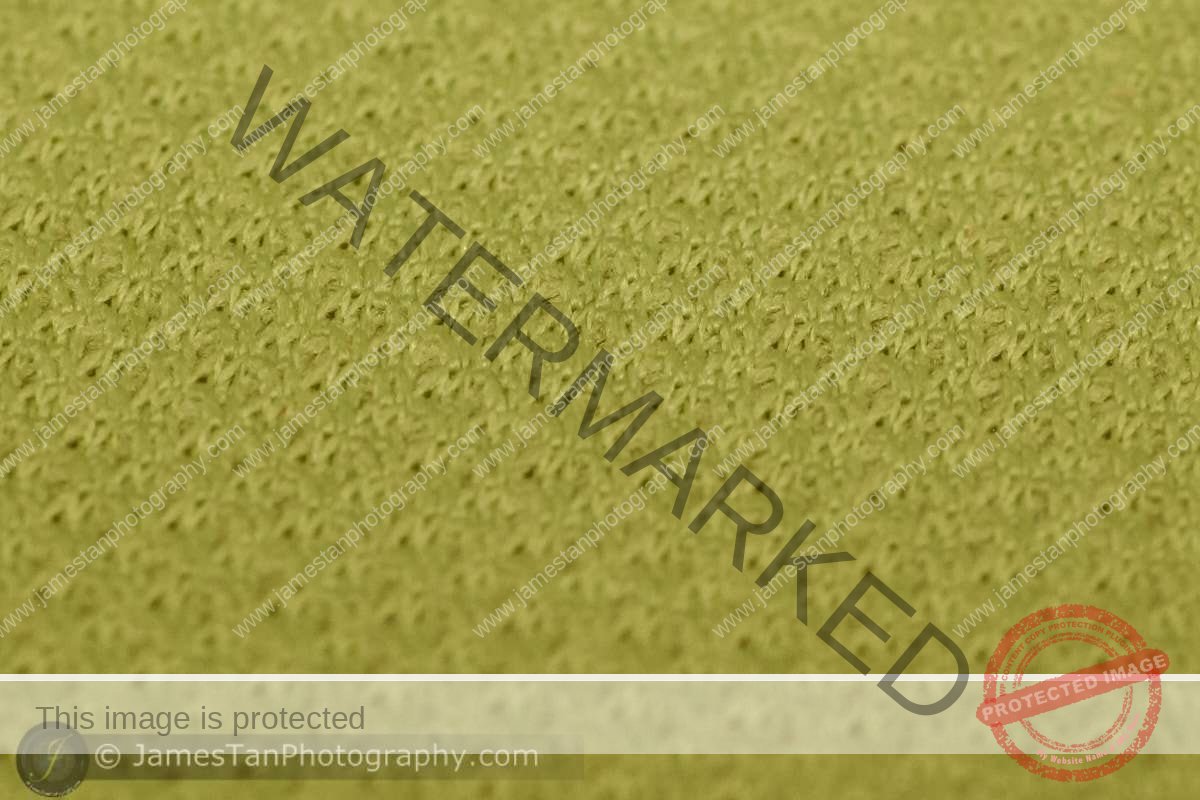
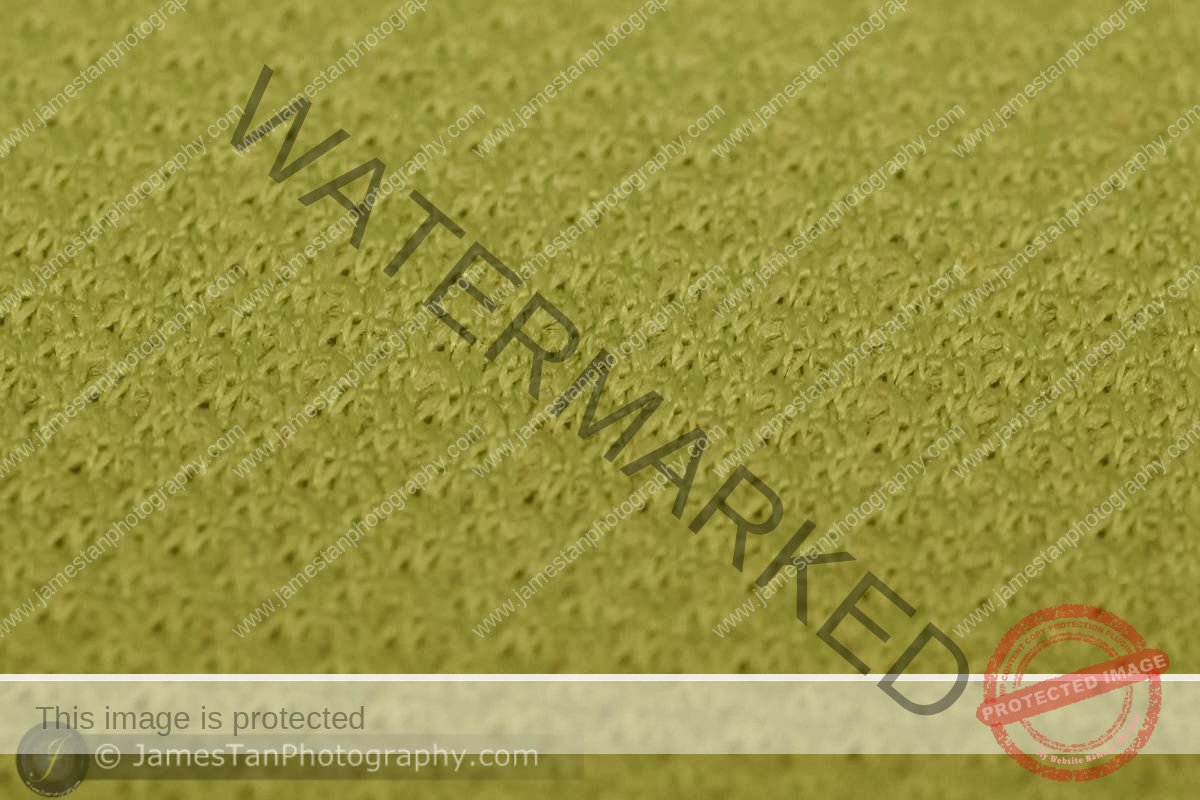
Turn off the low pass filter shall give you sharper output, while using the filter shall remove the moire in the repeated pattern.
Video Shooting
Sadly, the Sony RX1R II does not have 4K video recording as the Sony A7R II, even though they share the same 42 MP BSI image sensor. You can record full HD video in XAVC S (upto 100p in PAL), AVCHD ver 2 (up to 60p in NTSC/ 50p in PAL), and mp4 (60p in NTSC/ 50p in PAL) format.
Play Memories Application
You may install the Sony Play Memories app on your smartphone and control the Sony RX1R II via the preinstalled Smart Remote Embedded app. You may also purchase the timelapse app or other apps via the Play Memories Camera Apps.
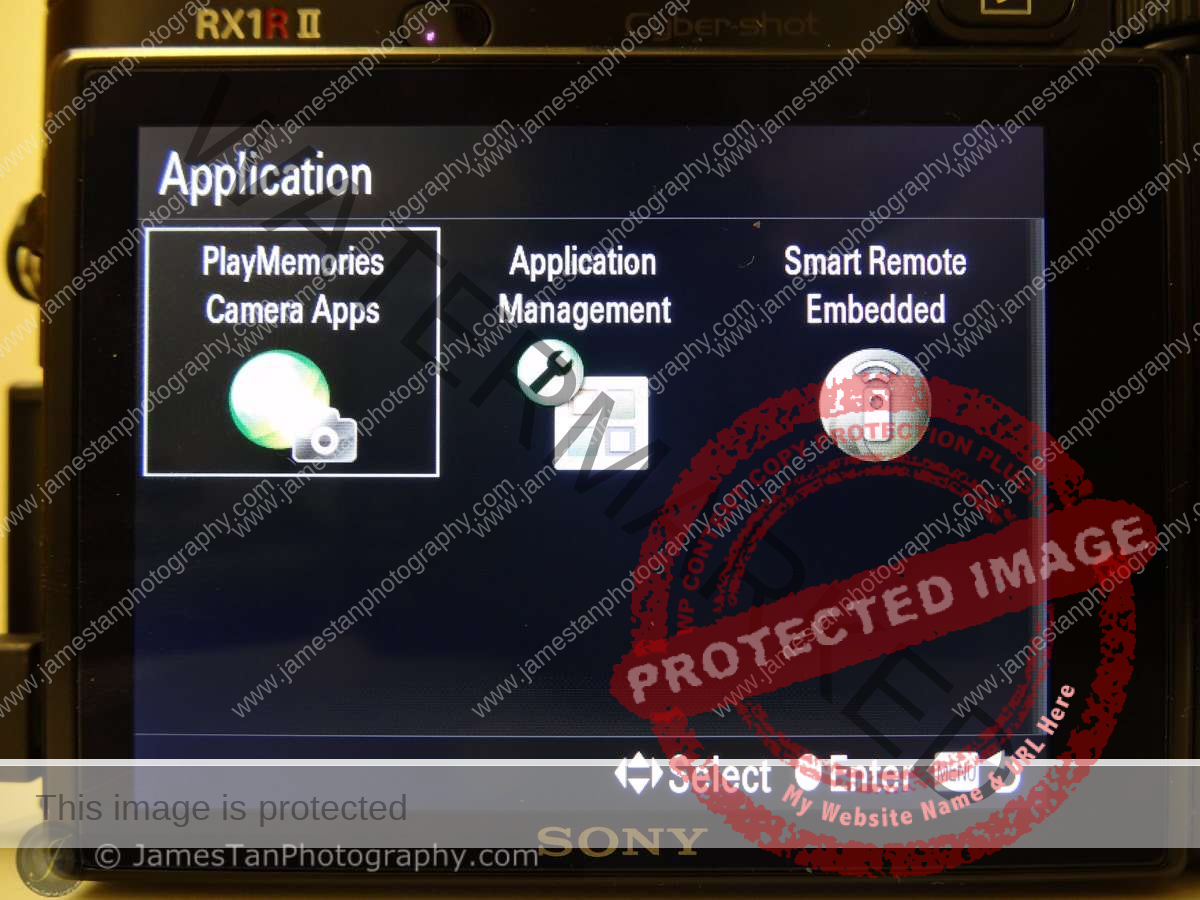
USB Power
Sony mirrorless camera always has a built-in micro USB charging capability. With Sony RX1R II, you even can use your portable power bank to power the RX1R II when you’re shooting.
Shooting Experiences
The Zeiss Sonnar F2 lens and the 42 MP image sensor are an excellent combination. The output is sharp, colors are pop, and the overall image quality is…. WoW!
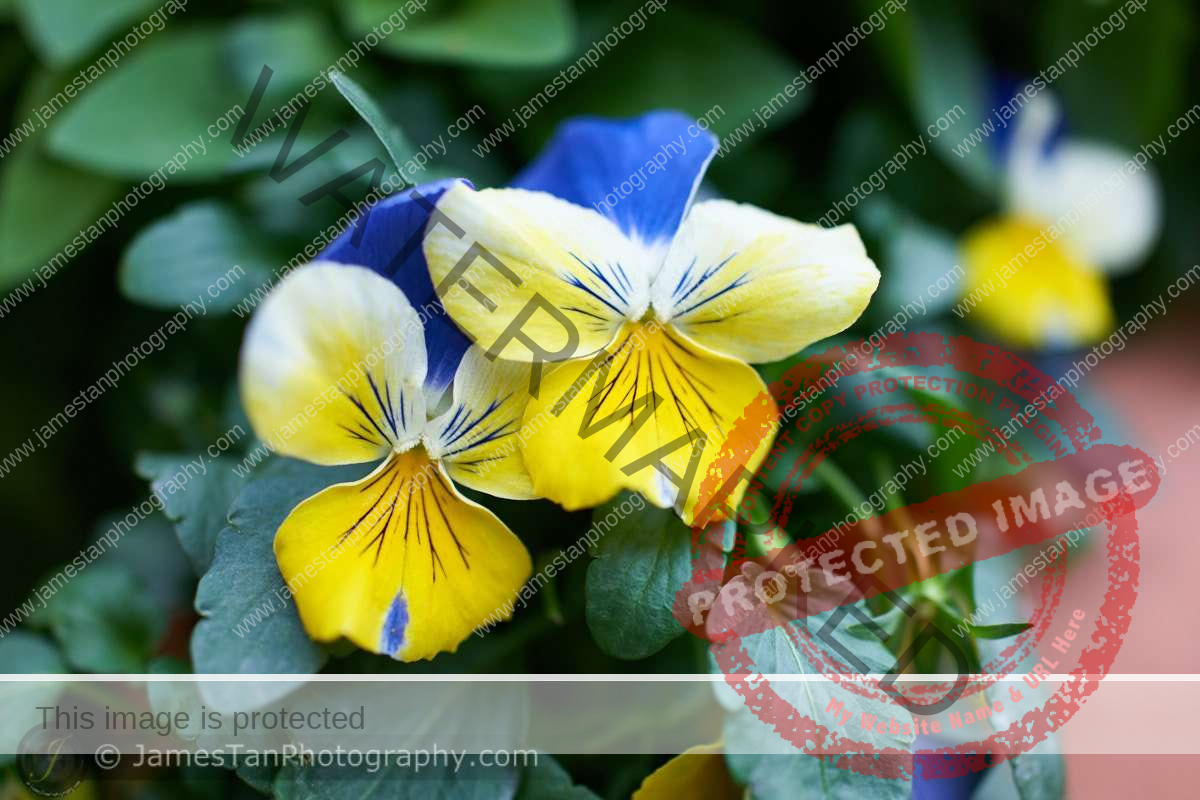
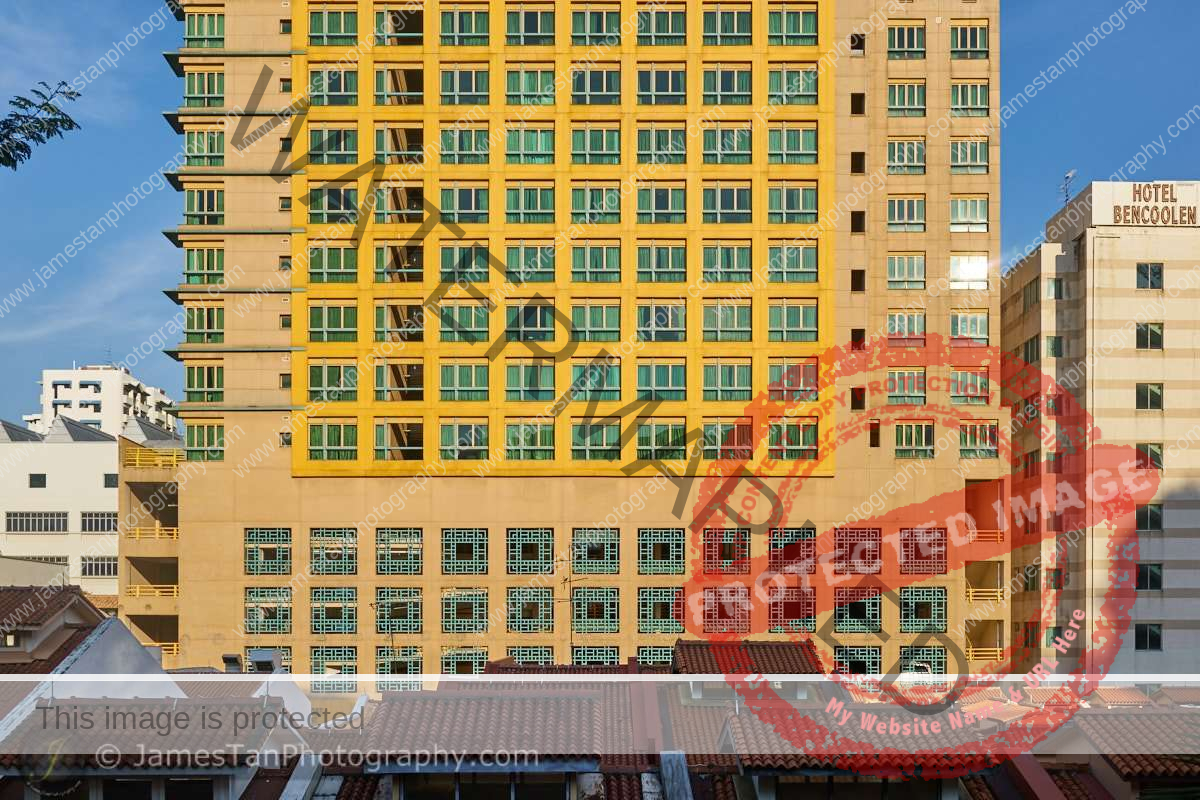

The 42 MP sensor captures an incredible amount of detail. I mean a lot more than expected!
Sample 1


Sample 2


Sample 3
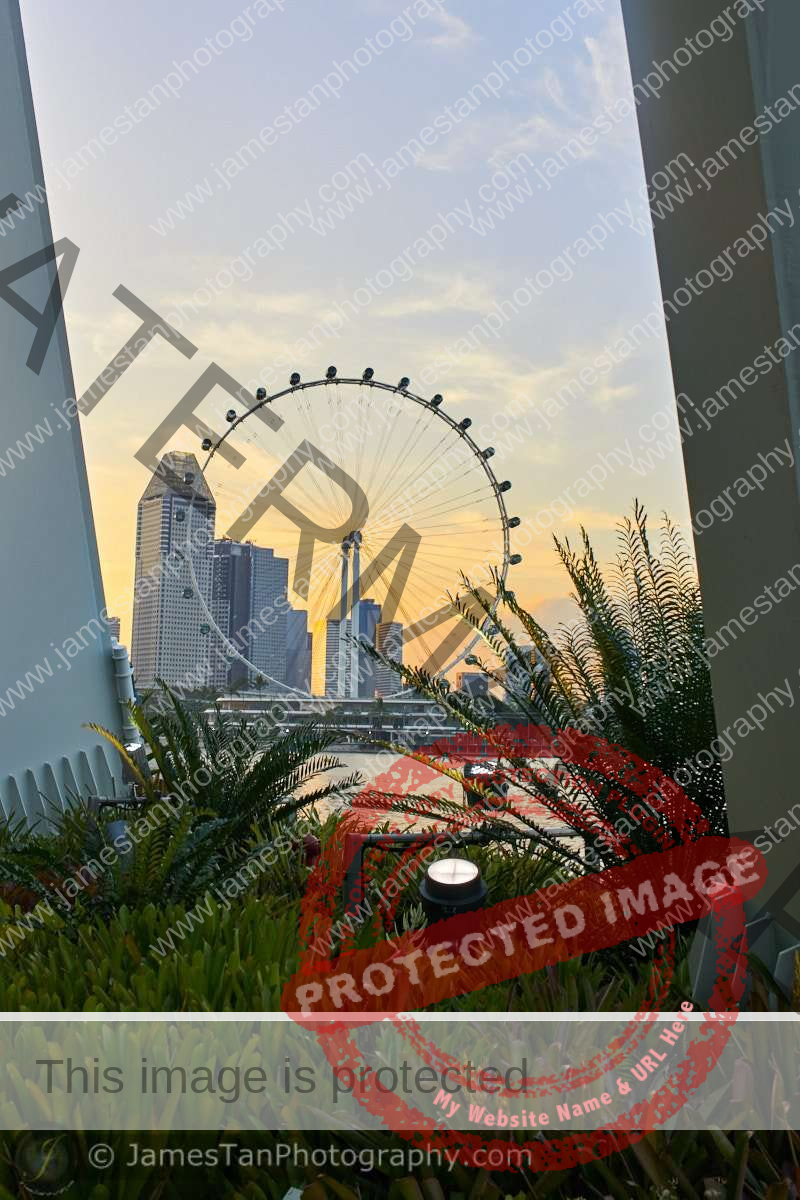

The amount of details is crazy. It makes the highly cropped image usable with a reasonable amount of details.
The small and light camera body is more convenient to bring along. It is easier to take out and take a shot in any place without drawing too much unnecessary attention.




















The small and compact size of RX1R II, outstanding high ISO performance, with a fast F2 Zeiss lens, and the improved AF give a pleasant shooting experience. However, there is still some shortfall that the Sony RX1R II can be improved.
Firstly, the battery life is rated at 220 shots per charge. However, I hardly get 180 shots every time, even with airplane mode on and no EVF usage. The battery is too tiny to provide enough juice to drive the insane 42 MP full-frame sensor. Luckily, using the built-in micro USB port, you may use a power bank to power the RX1R II during shooting.
Besides the poor battery life, the 42 MP sensor without the image stabilizer made the shooting more challenging than the Sony A7R II. 1/60 second of shutter speed could make blurry images easily when handheld shooting using Sony RX1R II. At F2, the fastest shutter is 1/2000 second. You have to stop down to F5.6 to get the 1/4000 second.
The absence of the infrared receiver also prevents you from using the wireless remote control as you can do on other Sony mirrorless cameras. Using the preinstalled Smart Remote app is an option, but it will drain the tiny battery faster.
Lastly, the Sony RX1R II grip is slippery and almost non-exist…. the ergonomic design is suitable for the lighter Sony RX 100 series but not really for the Sony RX1R II.
Bottom Line
In conclusion, the Sony RX1R II is an exciting and impressive compact full-frame camera. At SGD 4,999 price point, it is not too much to expect a weather sealing/resistant feature, but it is missing in the Sony RX1R II. The 42 MP full frame BSI image sensor gives an incredible dynamic range. The improved focusing, large F2 aperture, and high ISO performance make the Sony RX1R II usable in dark scenarios without a tripod. The 35 mm lens is also a great focal length for street and indoor shooting!
If you are looking for a lightweight camera for traveling but don’t want to sacrifice the image quality, the Sony RX1R II is what you are looking for. You get the professional full-frame image quality in a palm-size compact camera. However, it is still far away for you to replace your professional full-frame DSLR.
Well, that comes to the end of the RX1R II review. Hope you enjoyed the review and happy shooting!


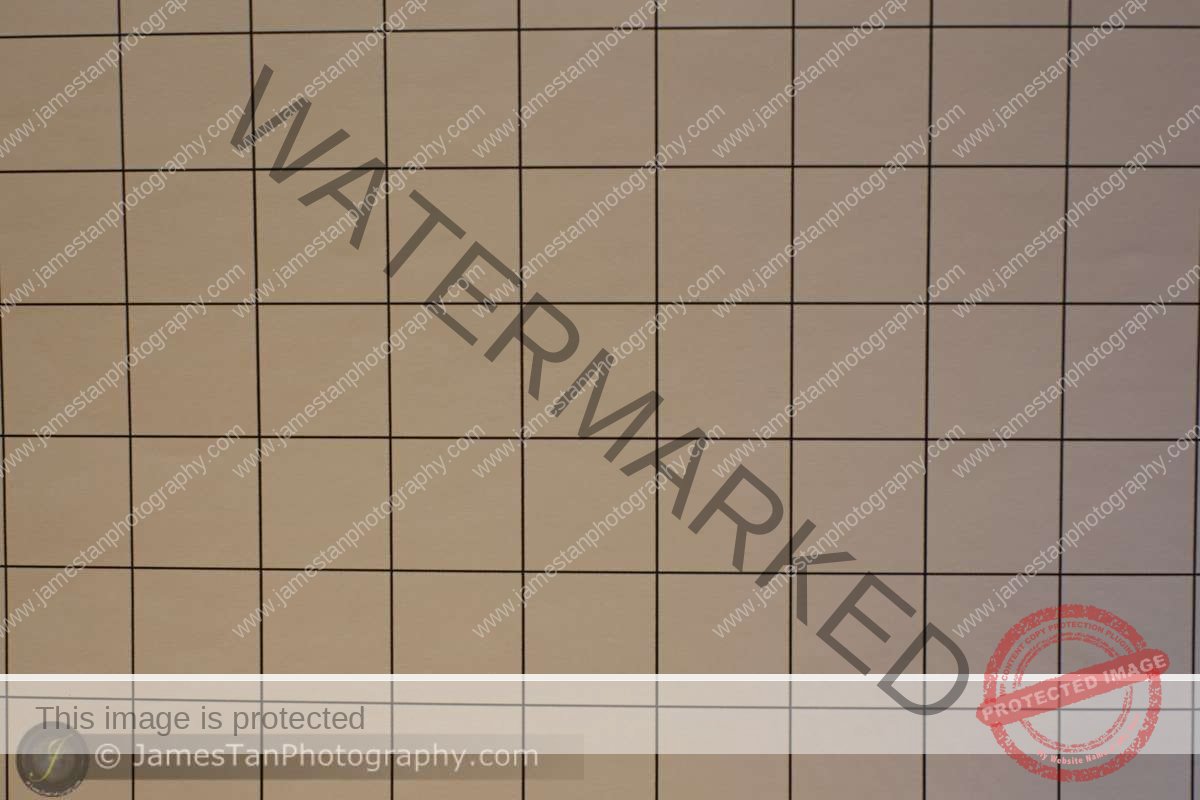



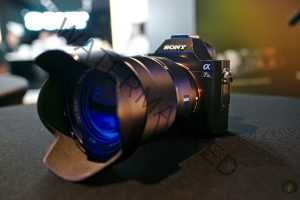
Marcello
3 Feb 2018Thank you for taking time to do this detailed review and giving your honest take on this beautiful camera
Marpar
1 Aug 2016Excellent review and a good number of real world pictures.
James Tan
1 Aug 2016Thank you =)